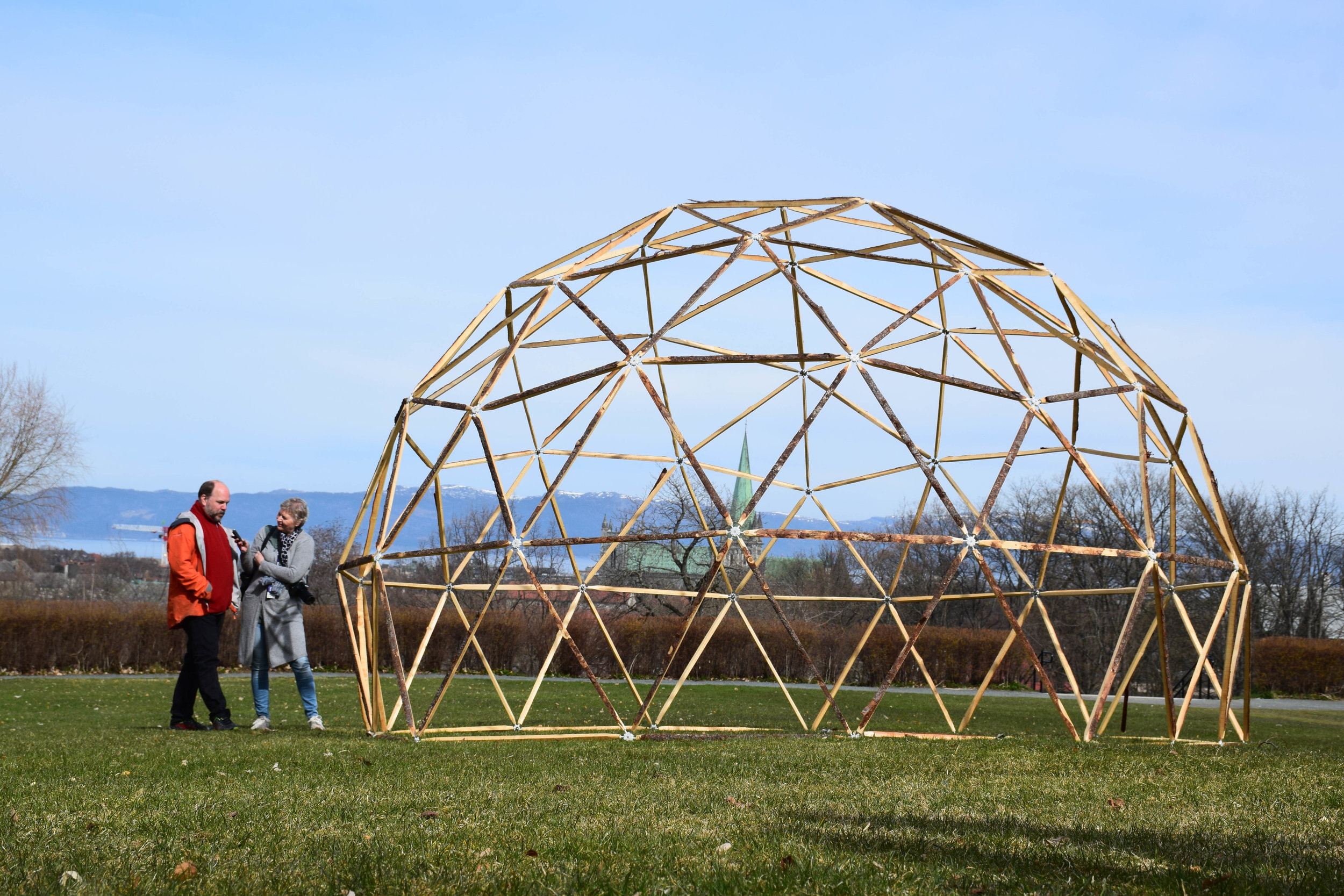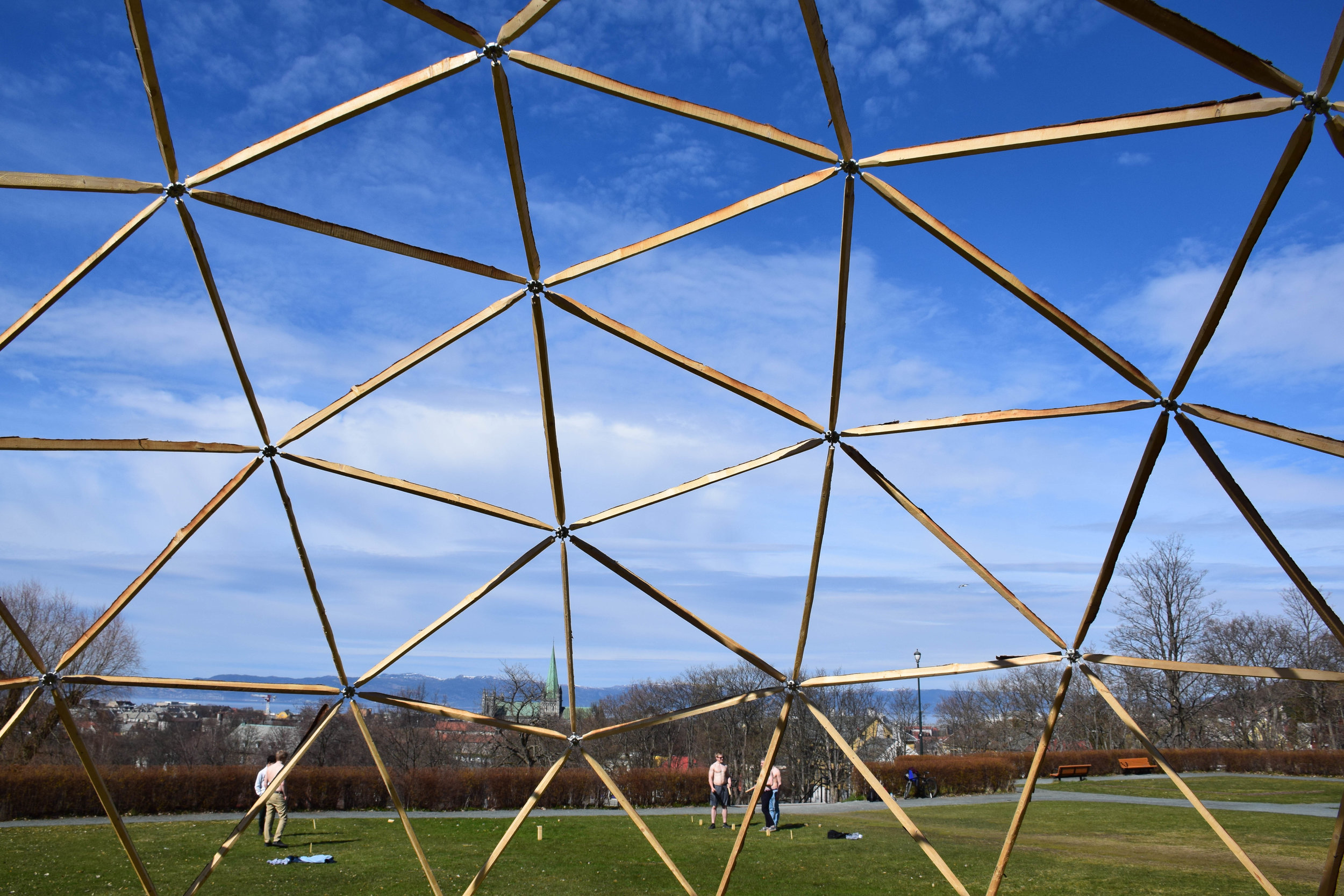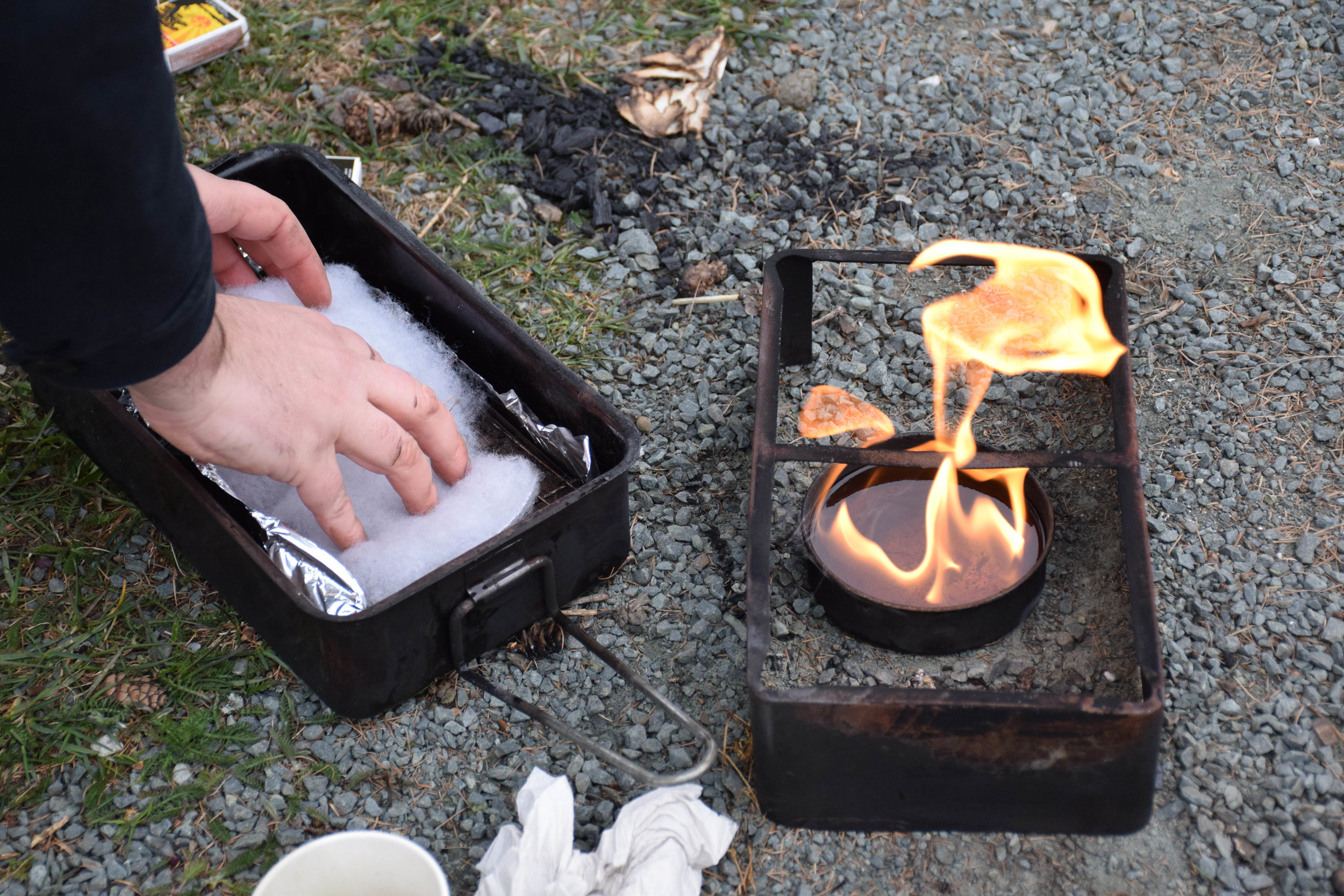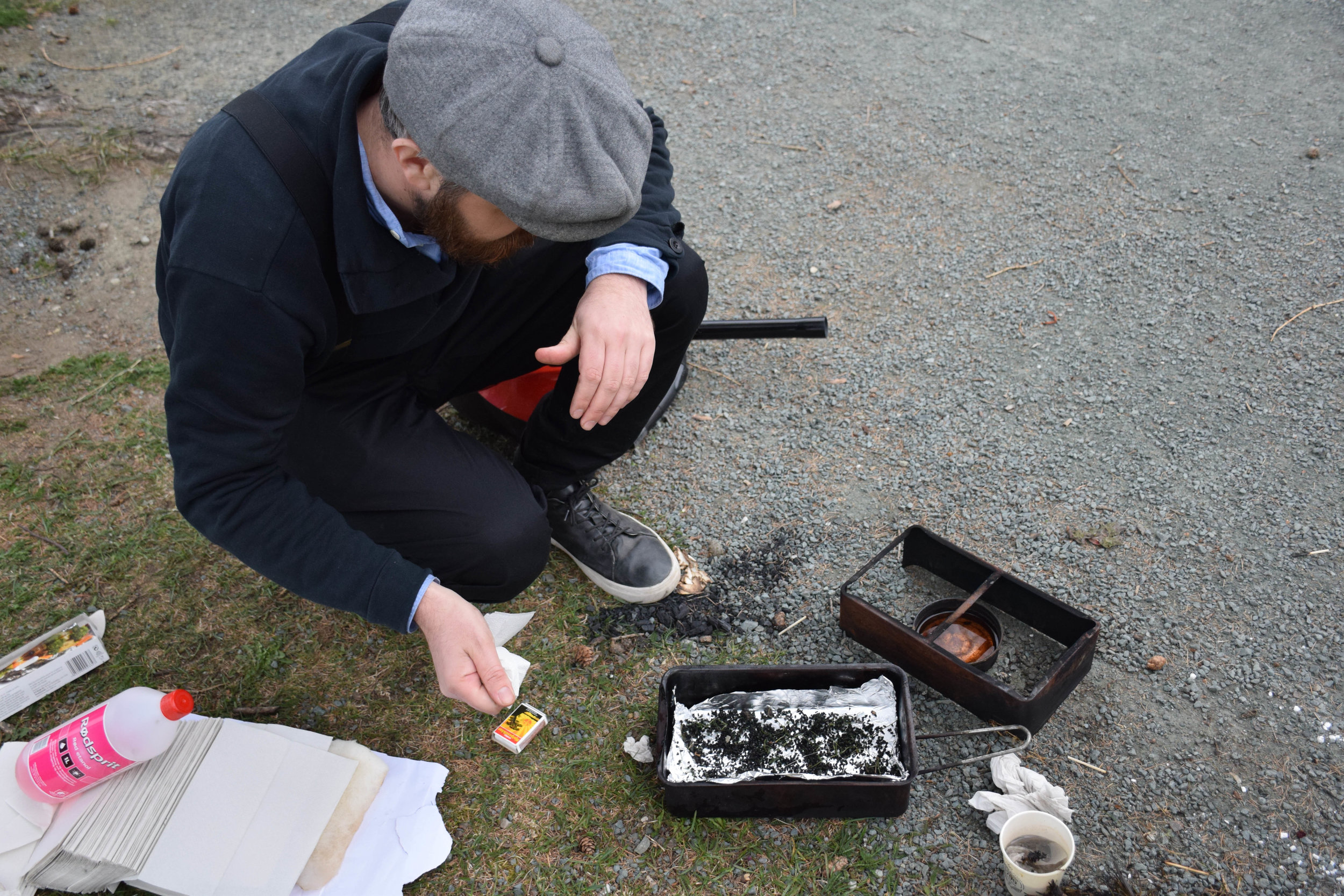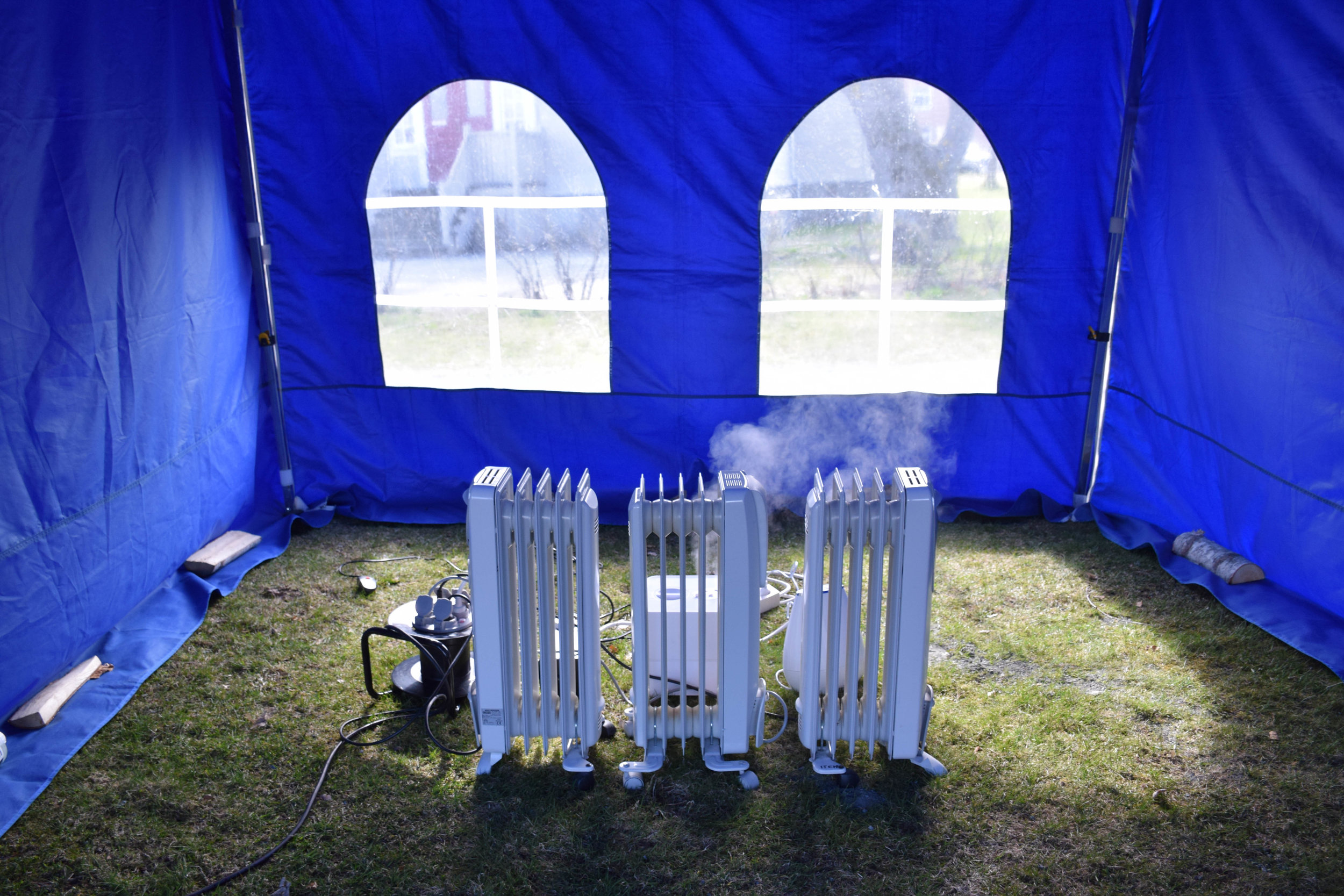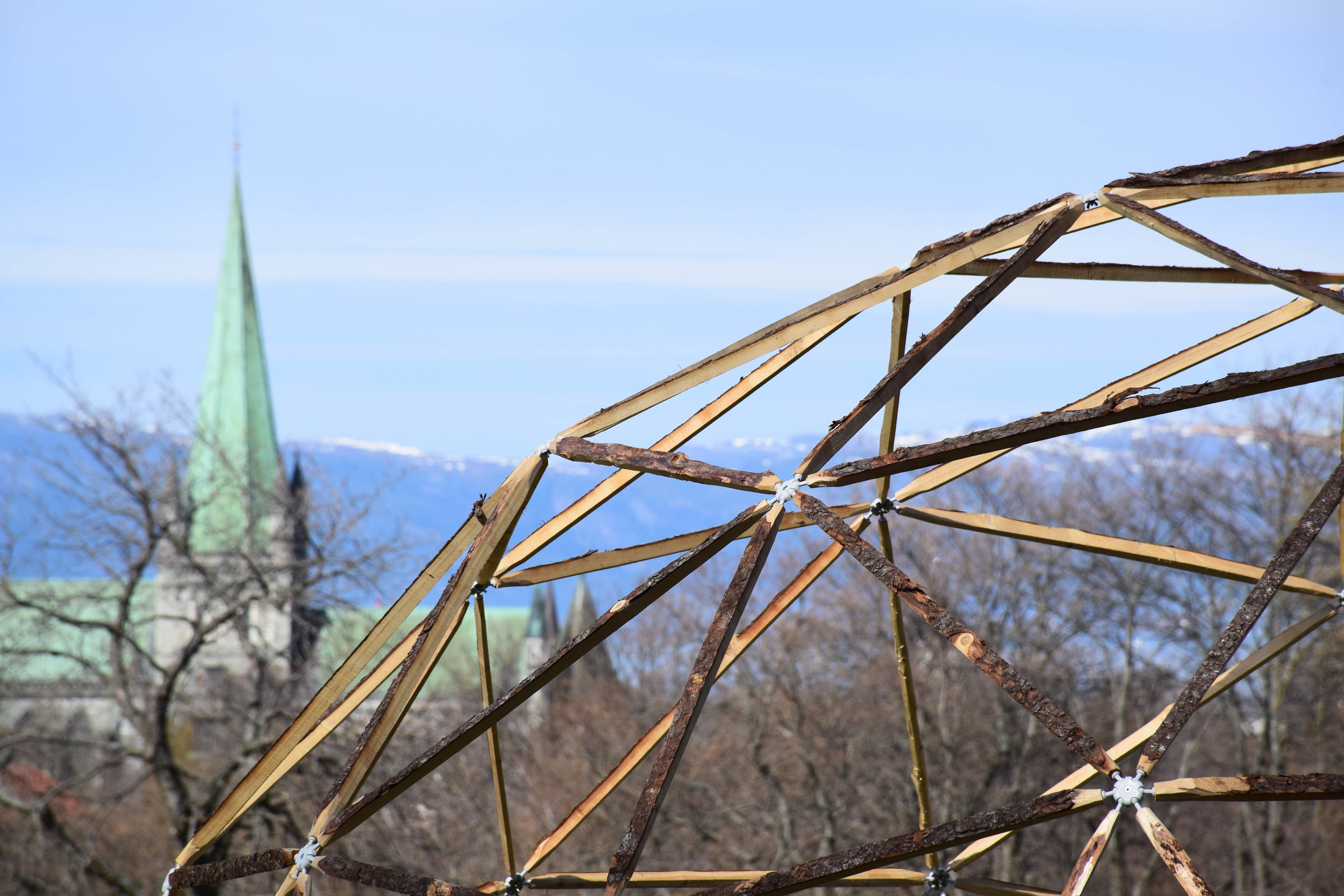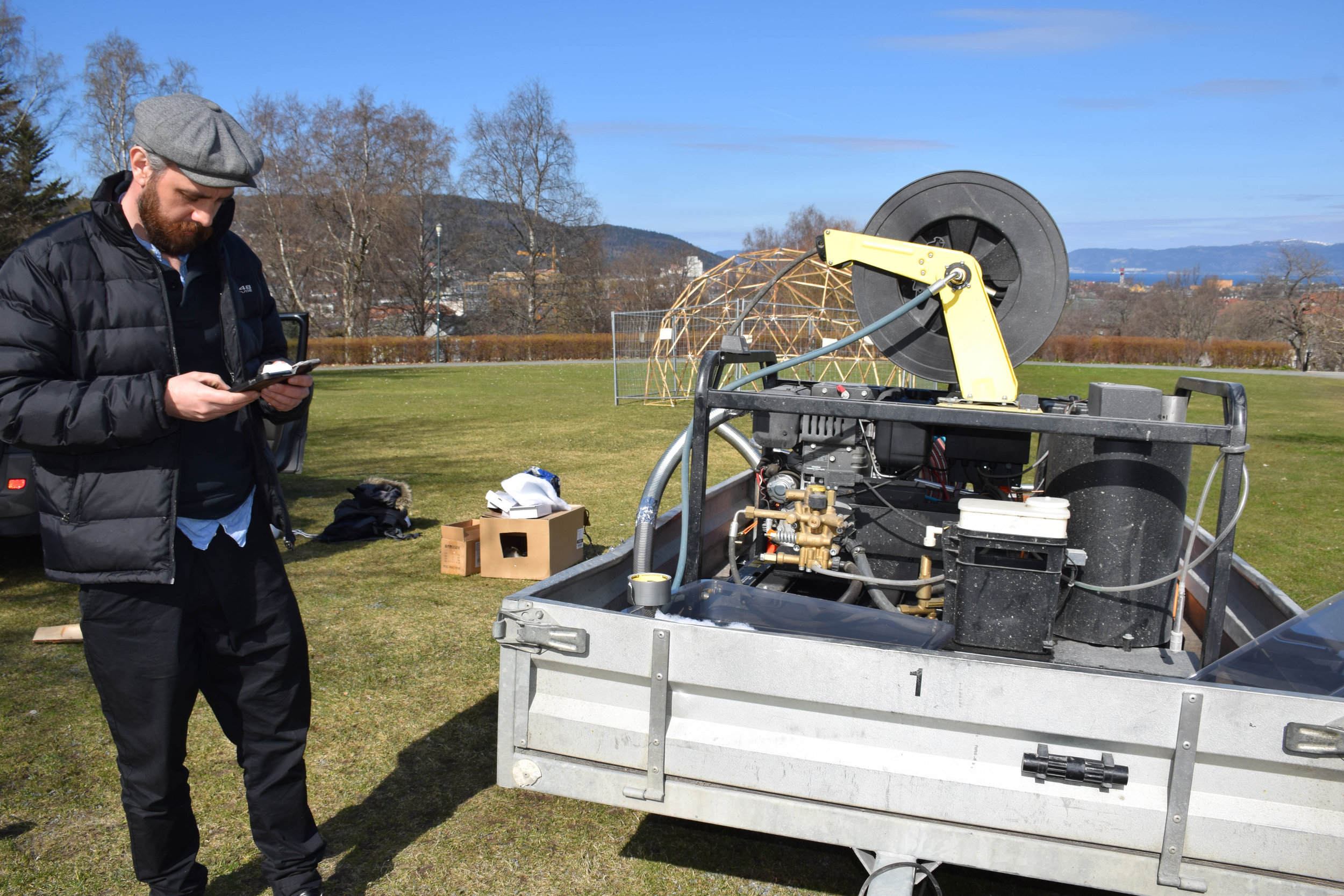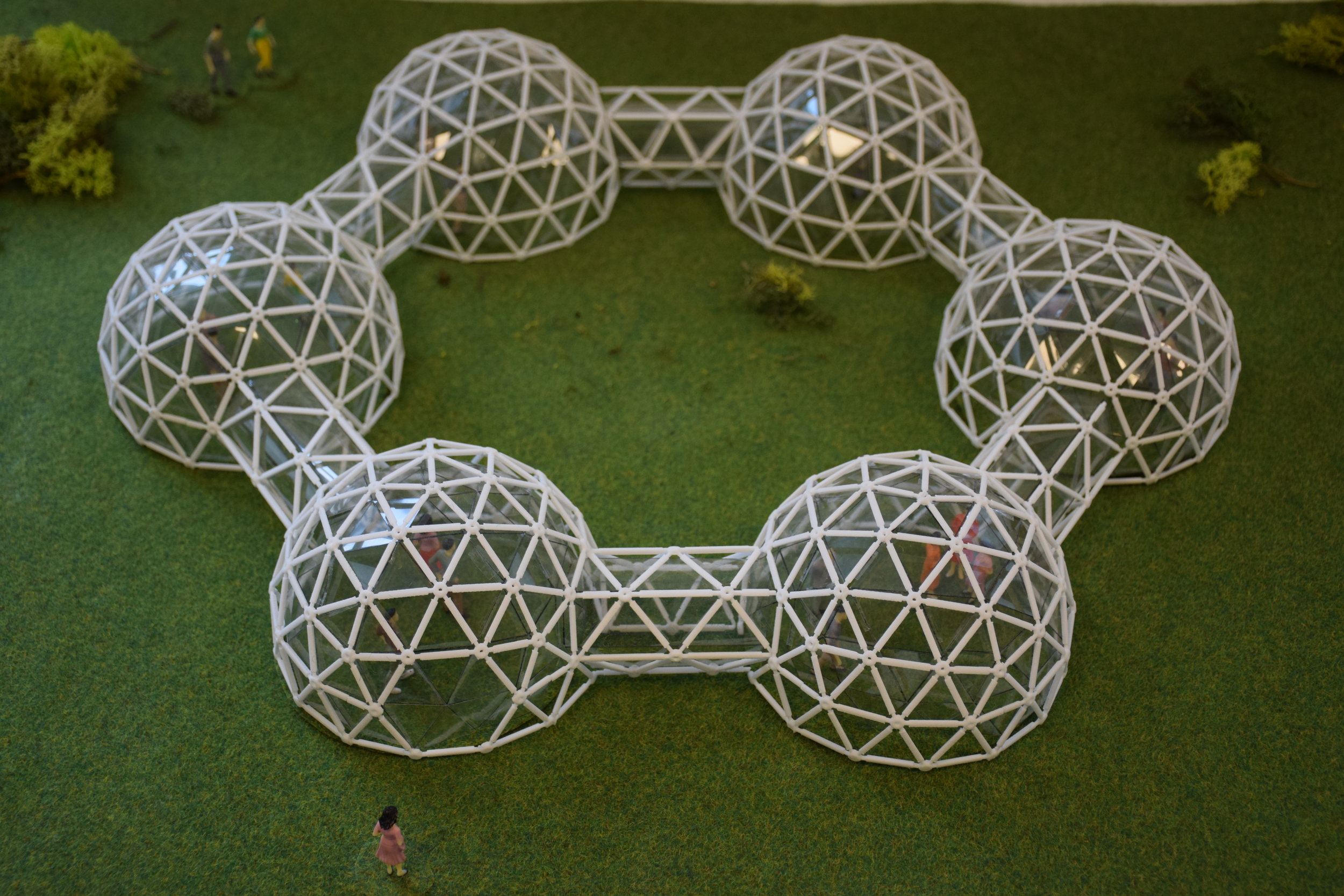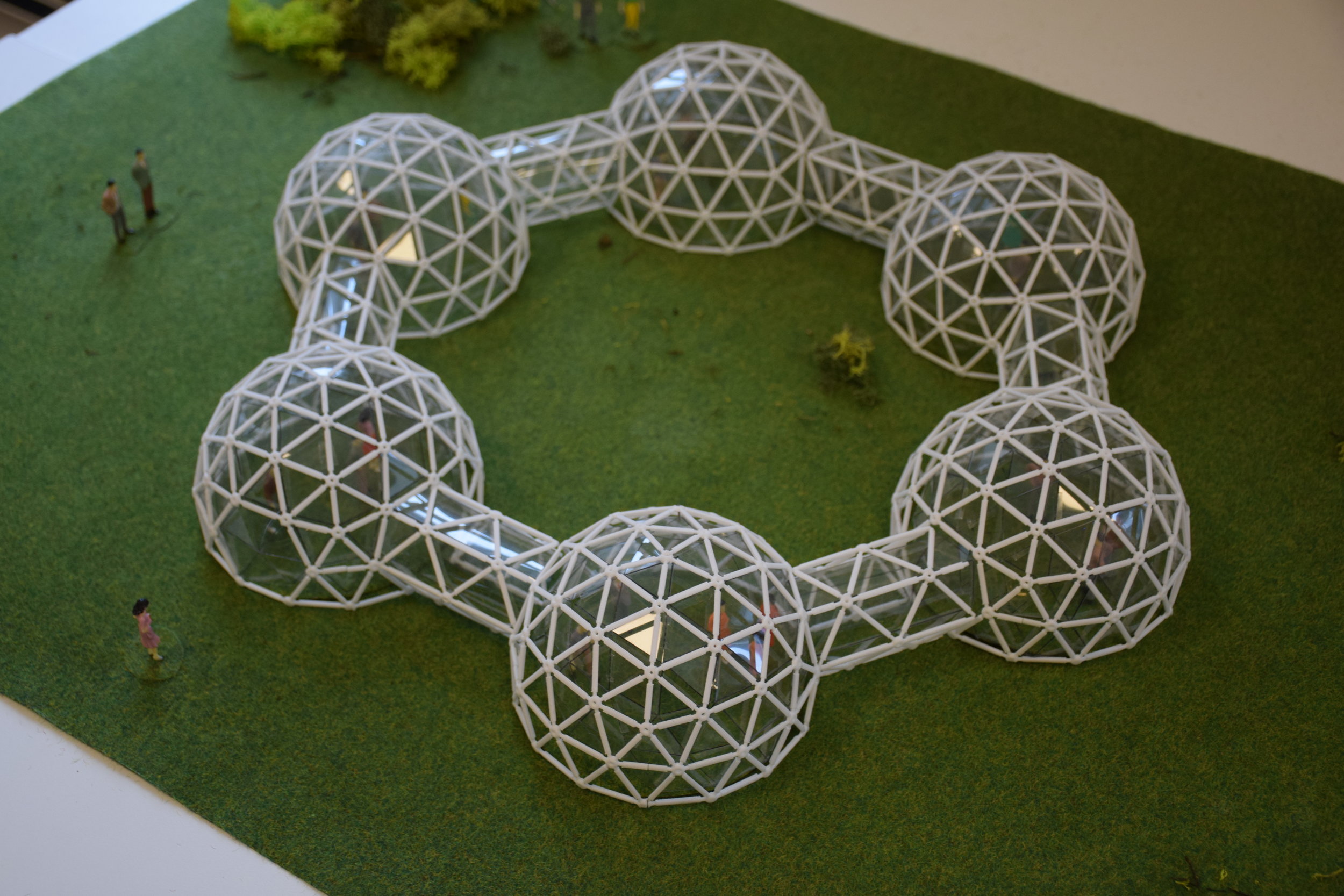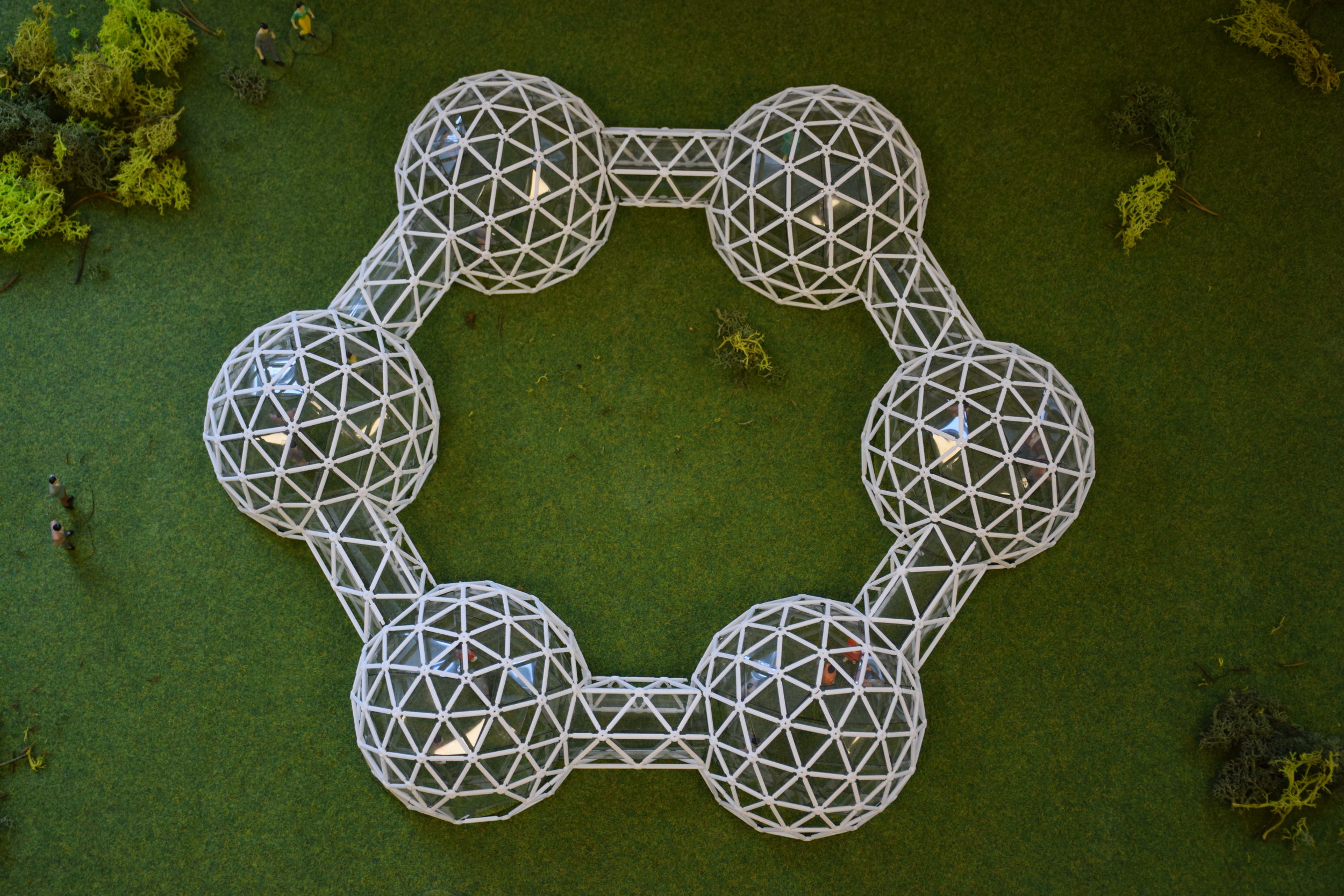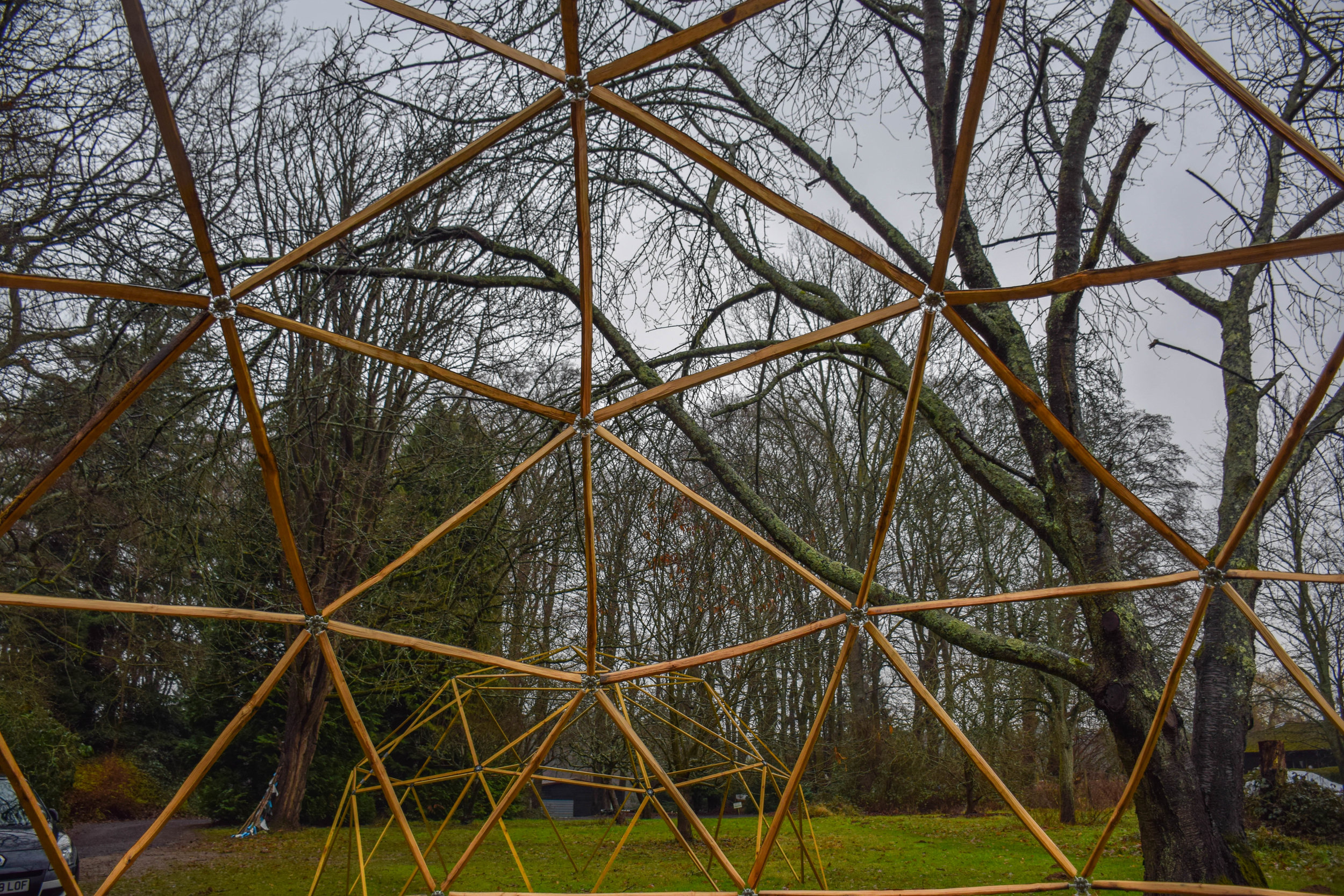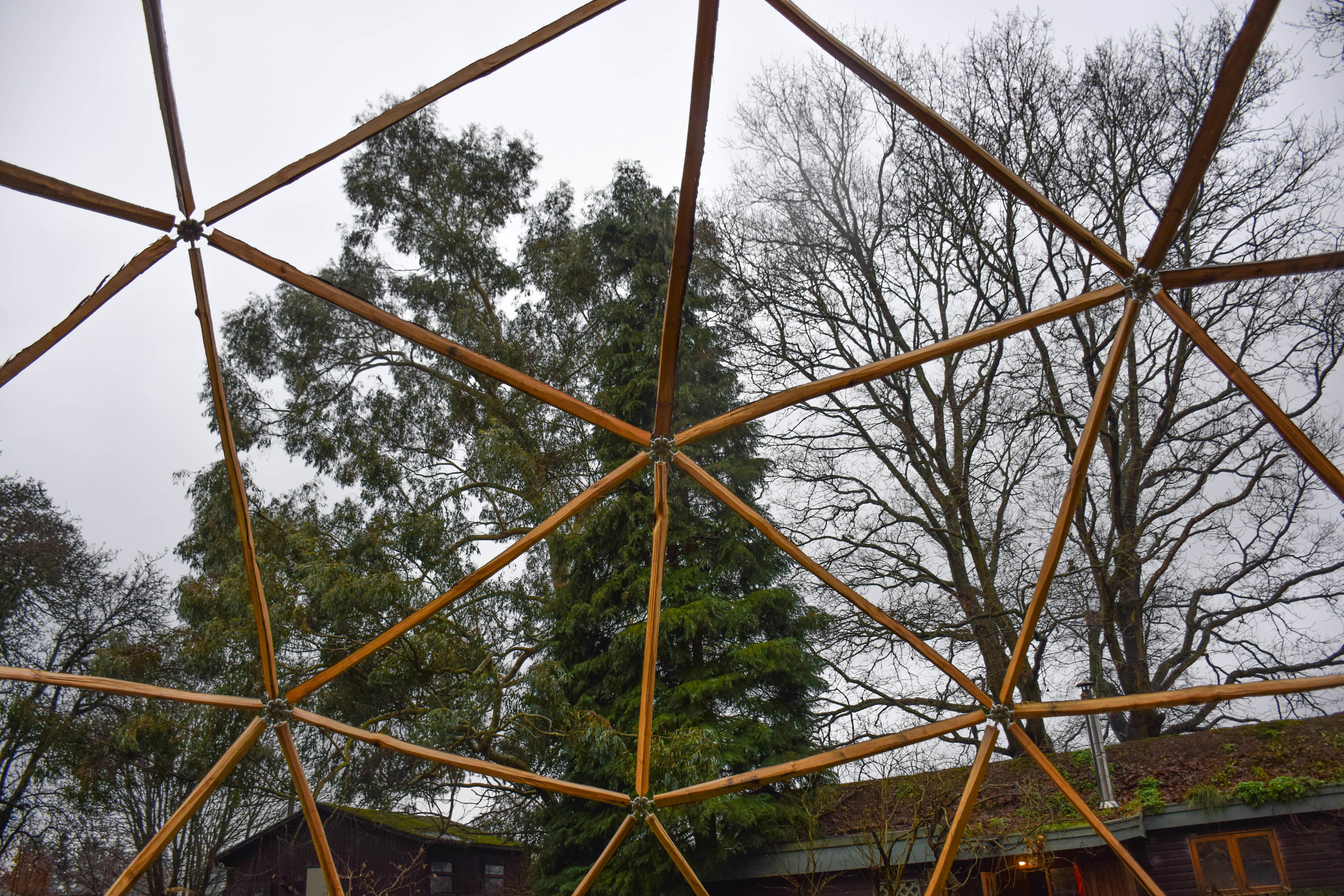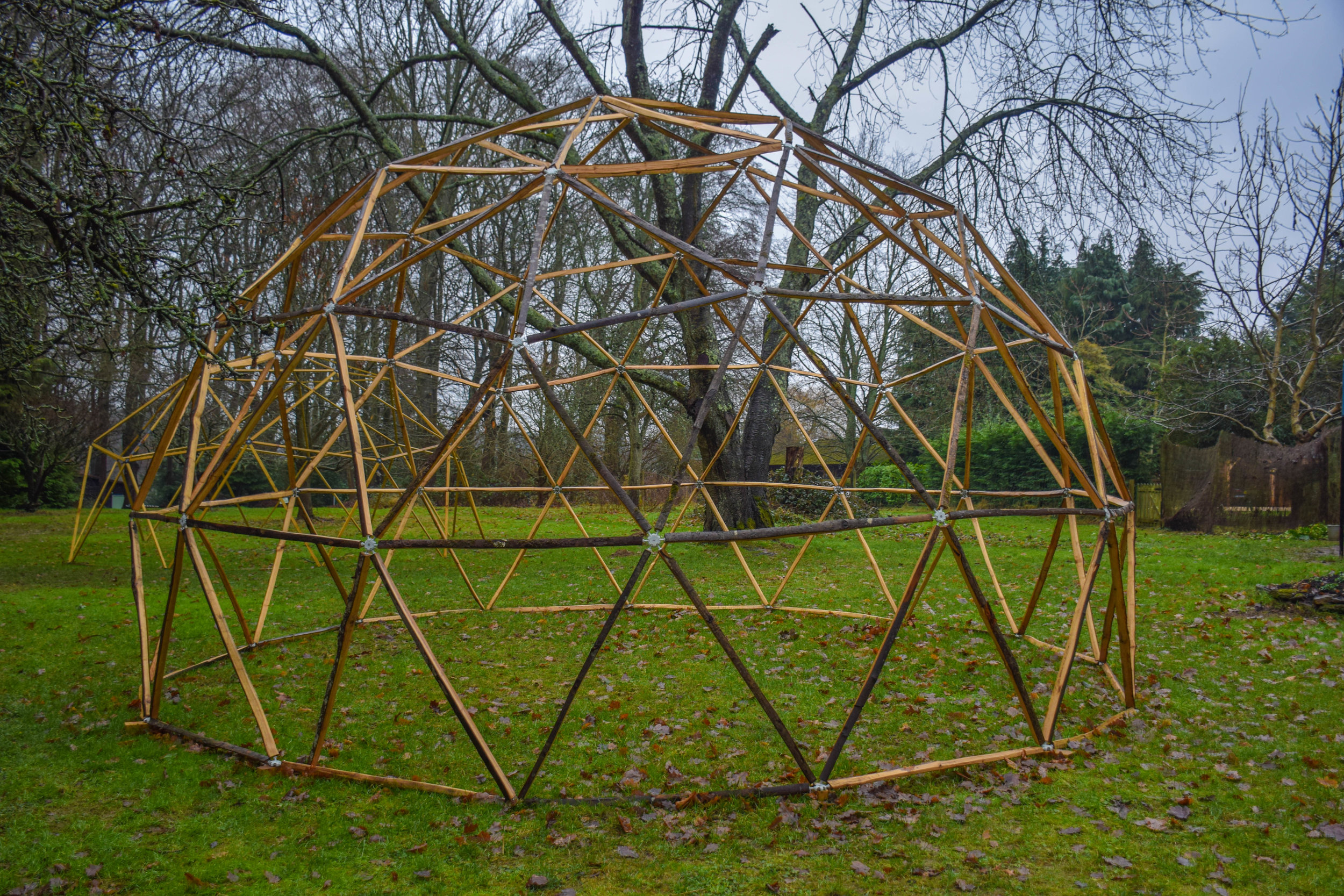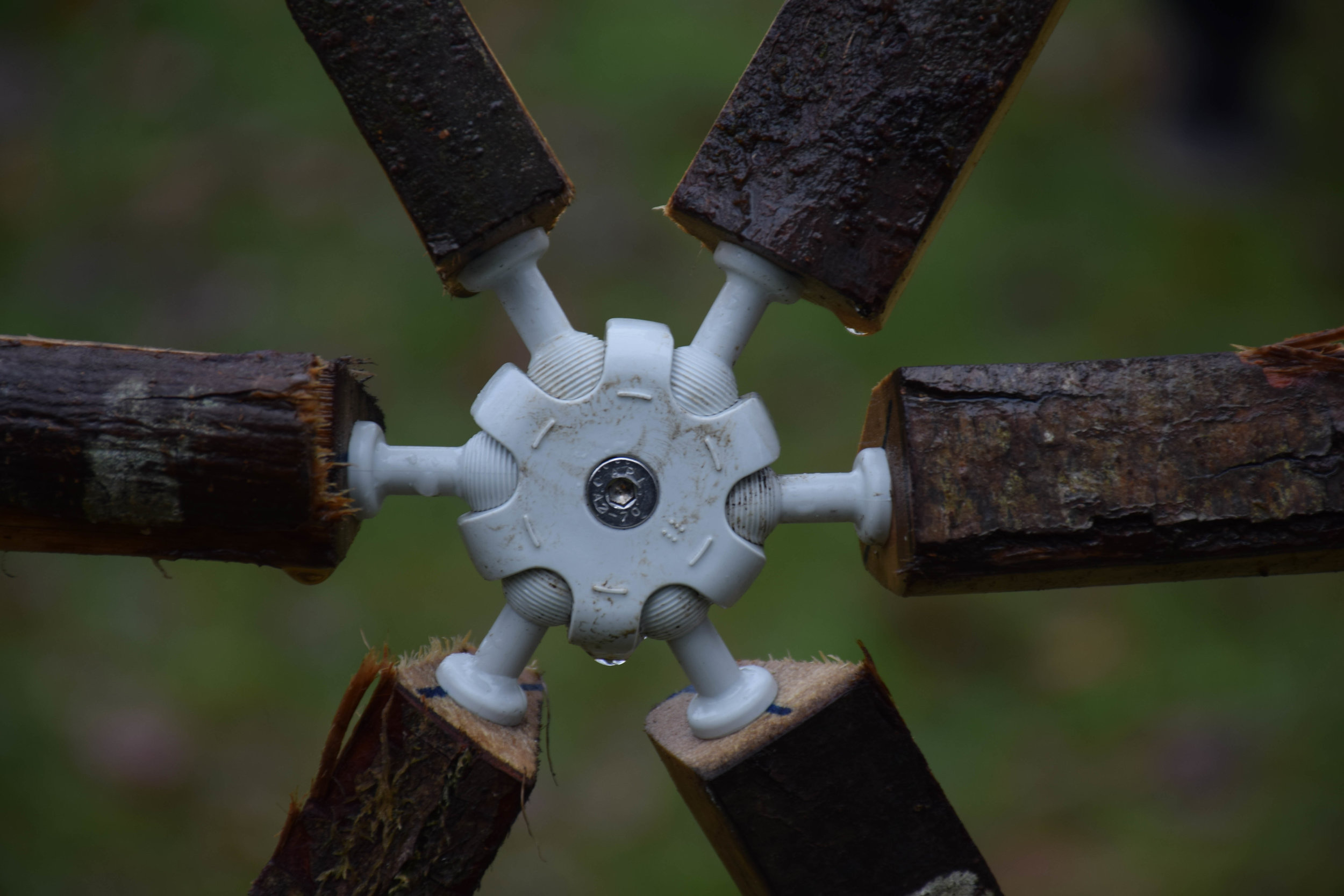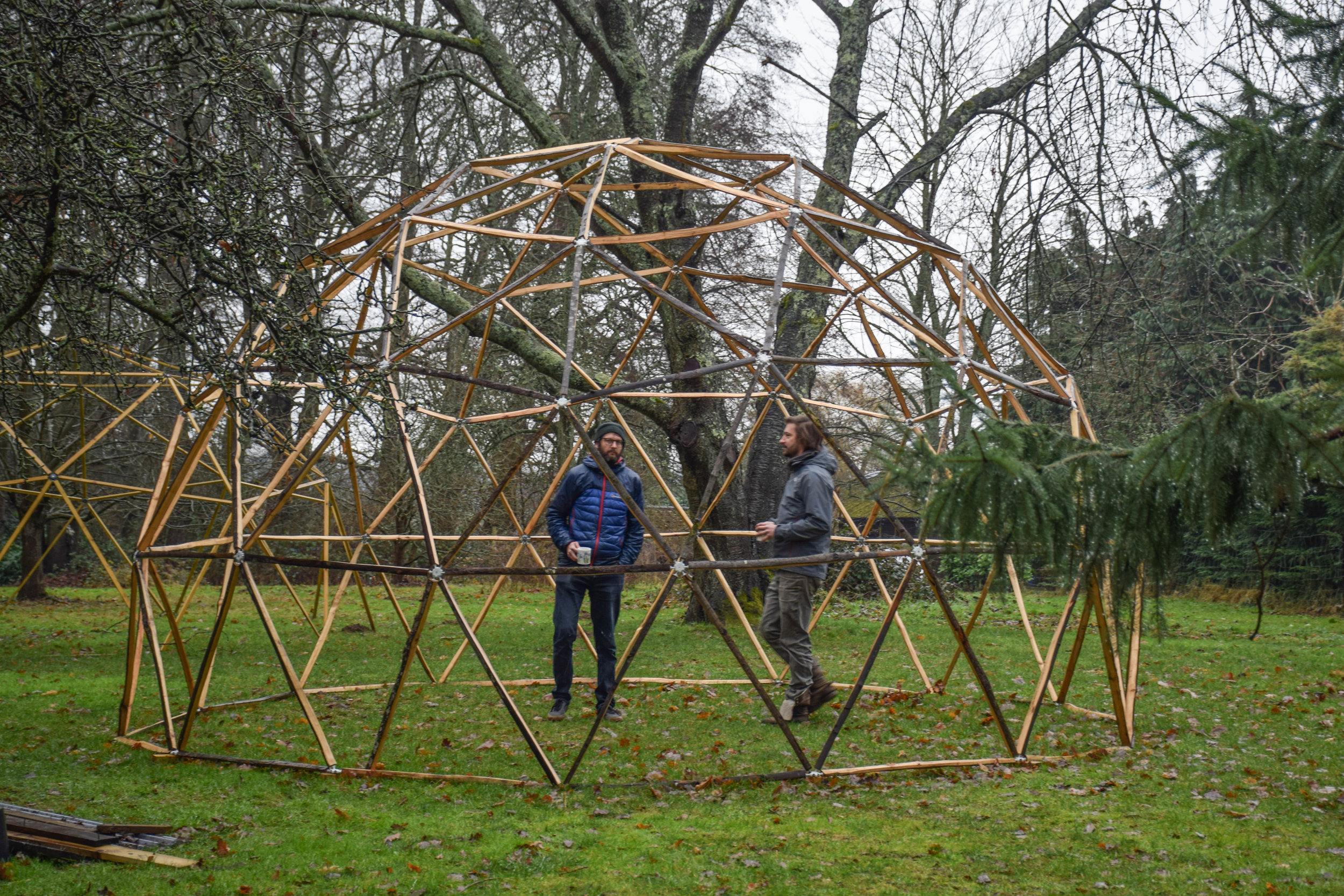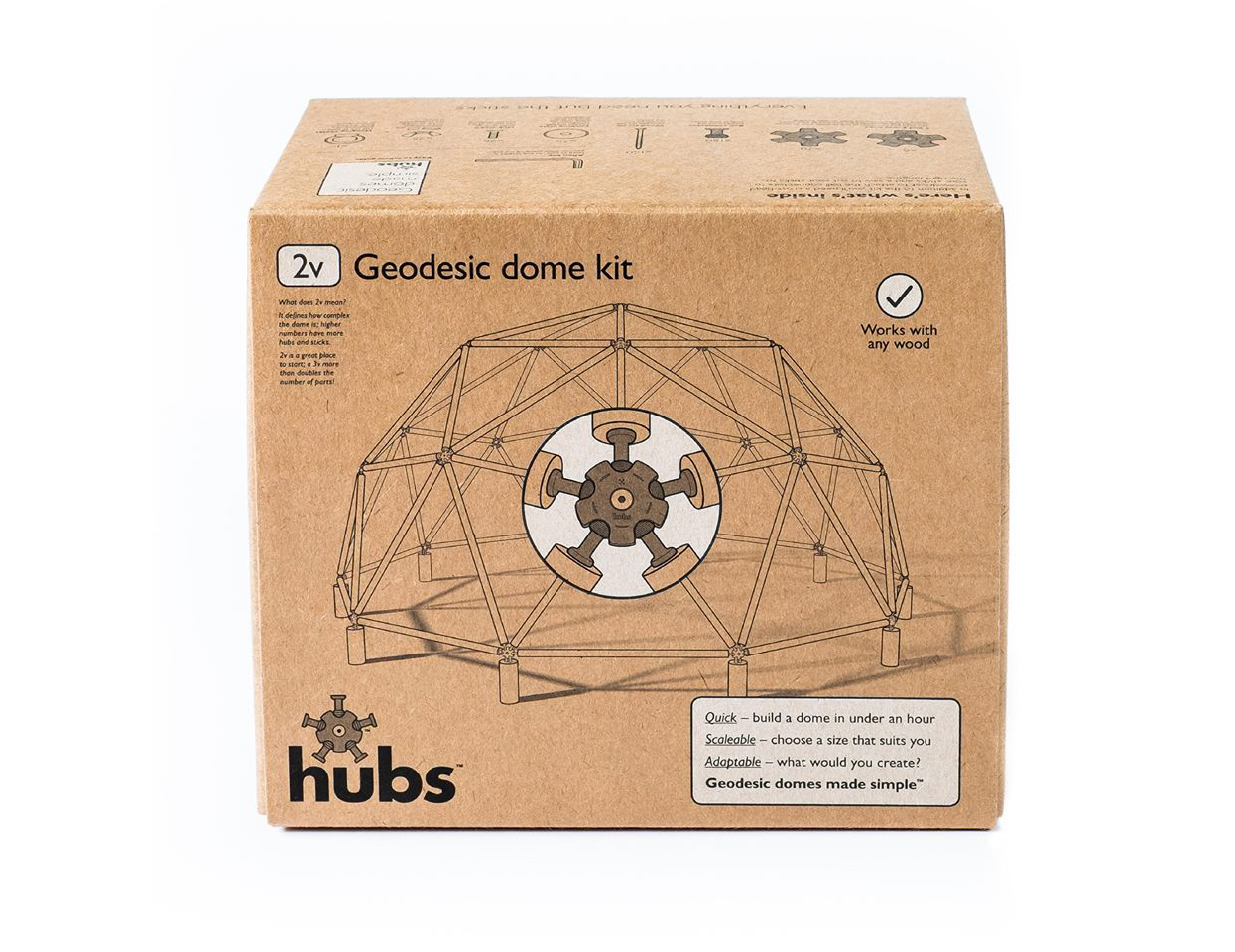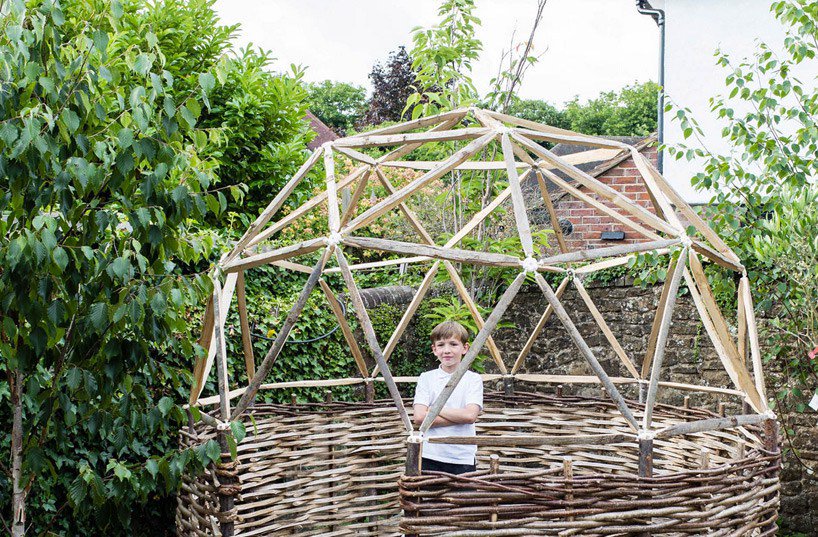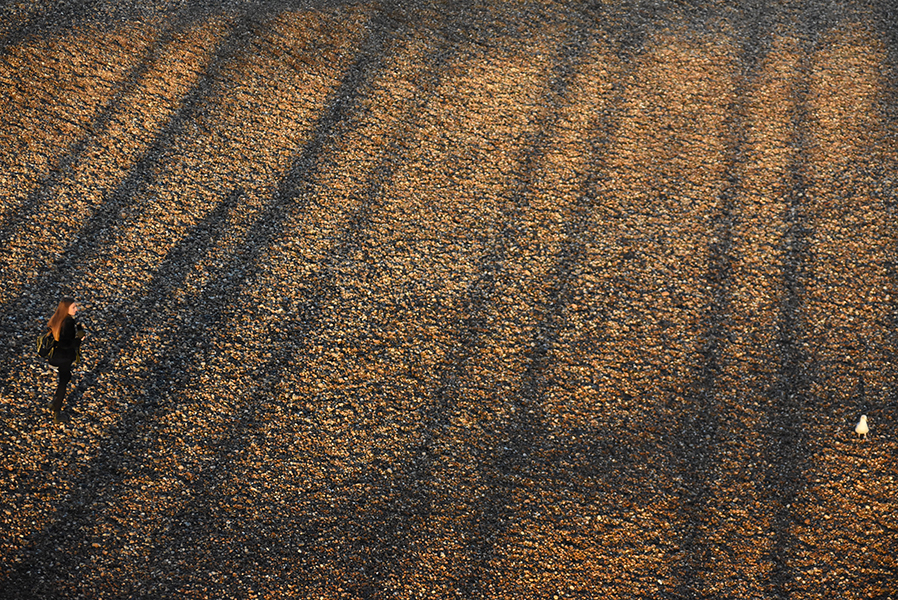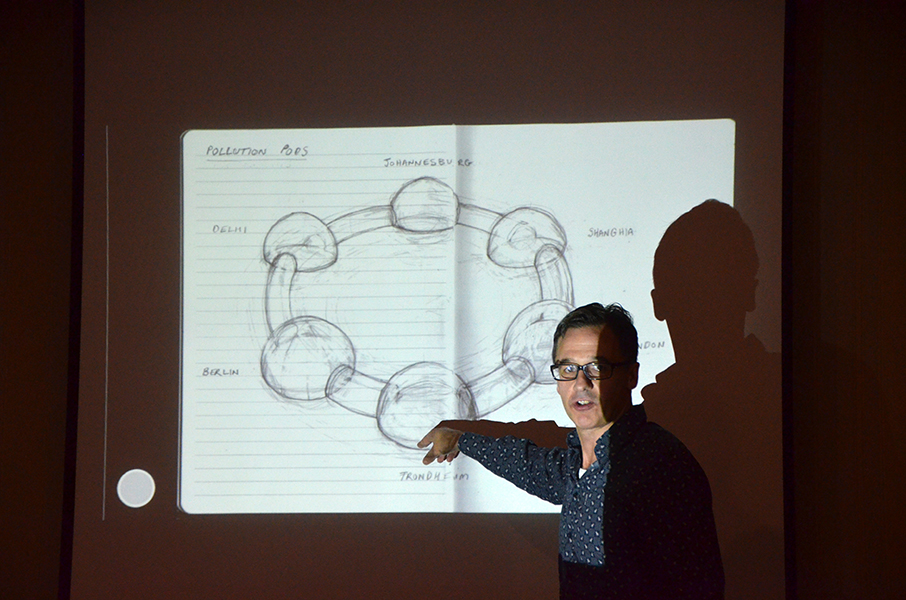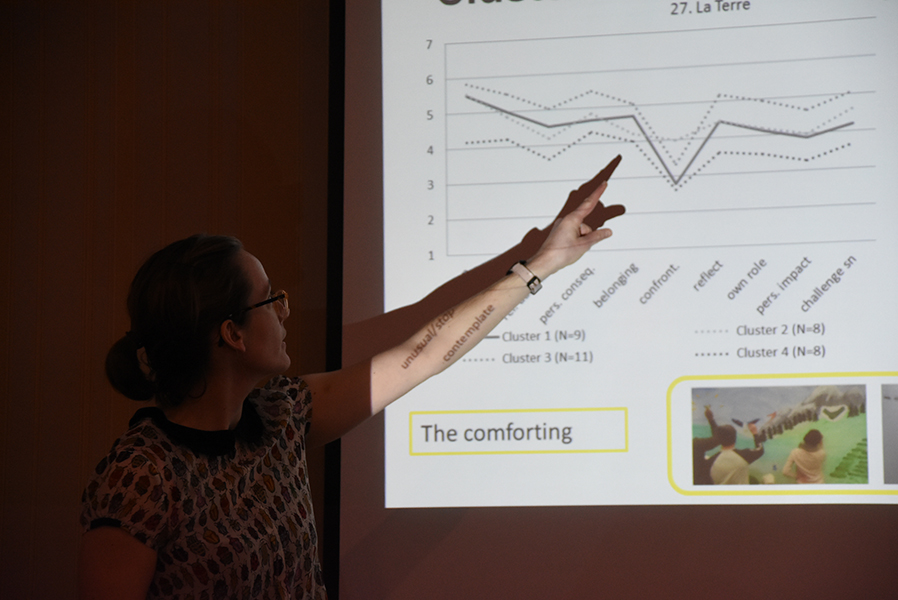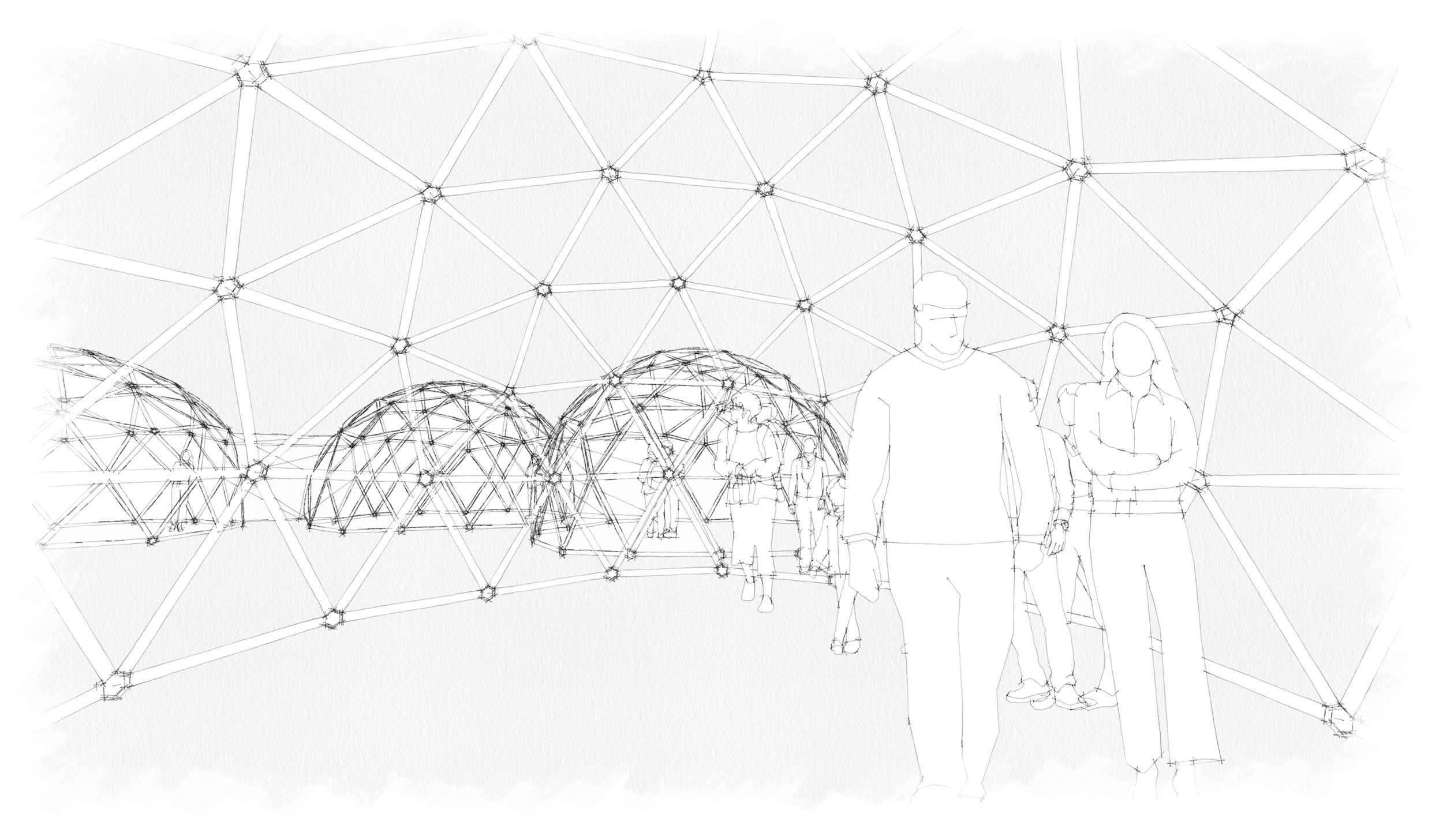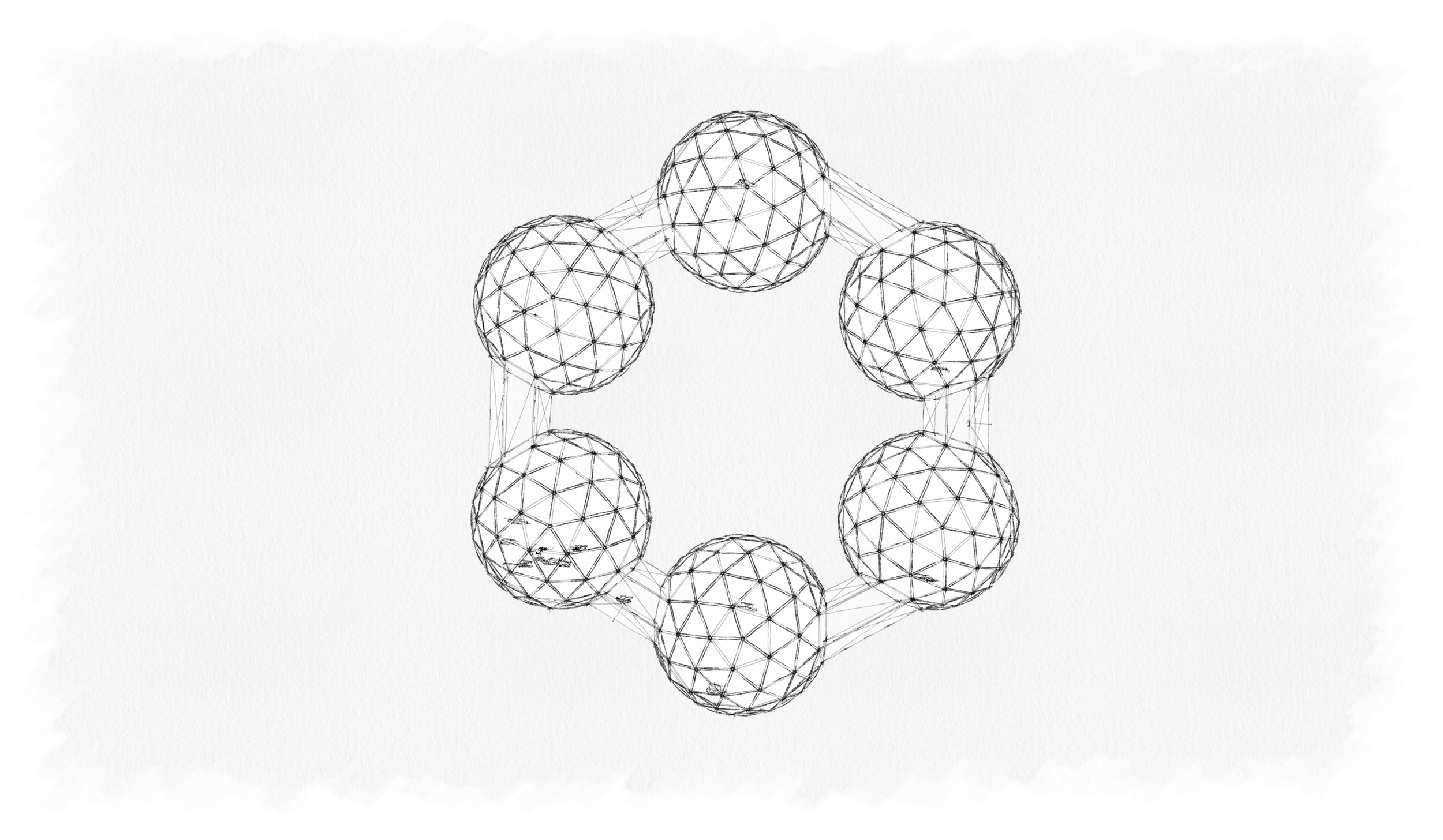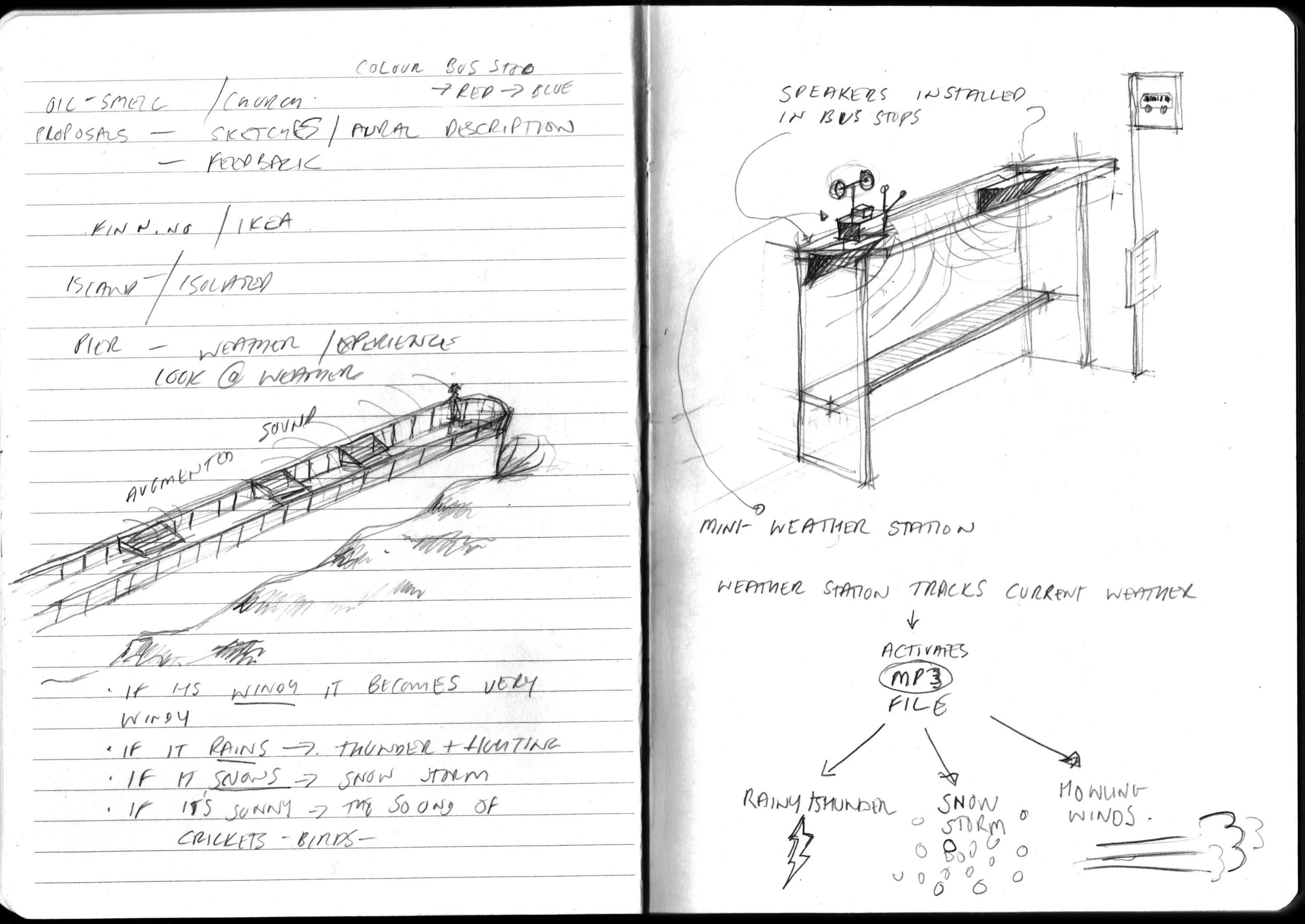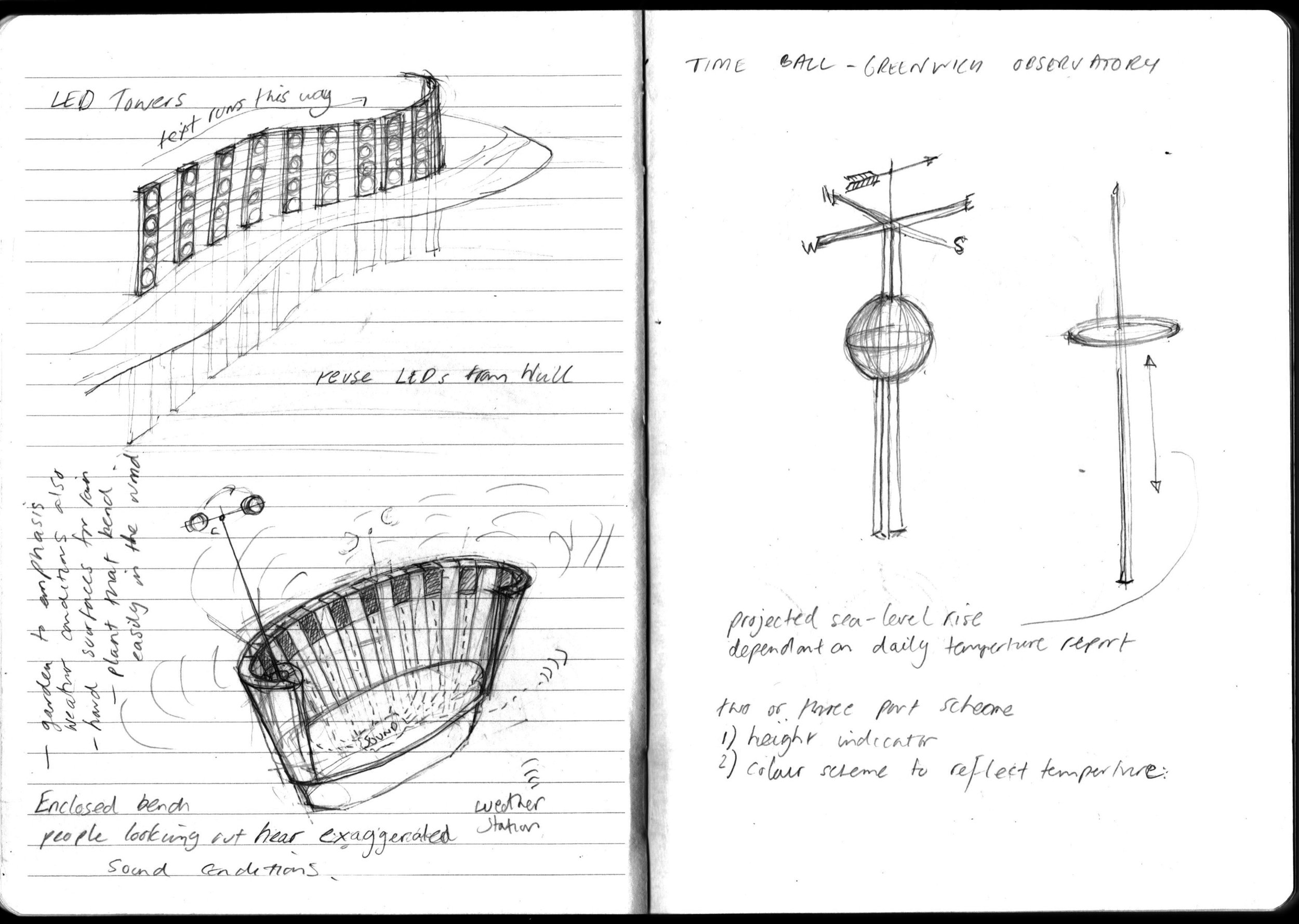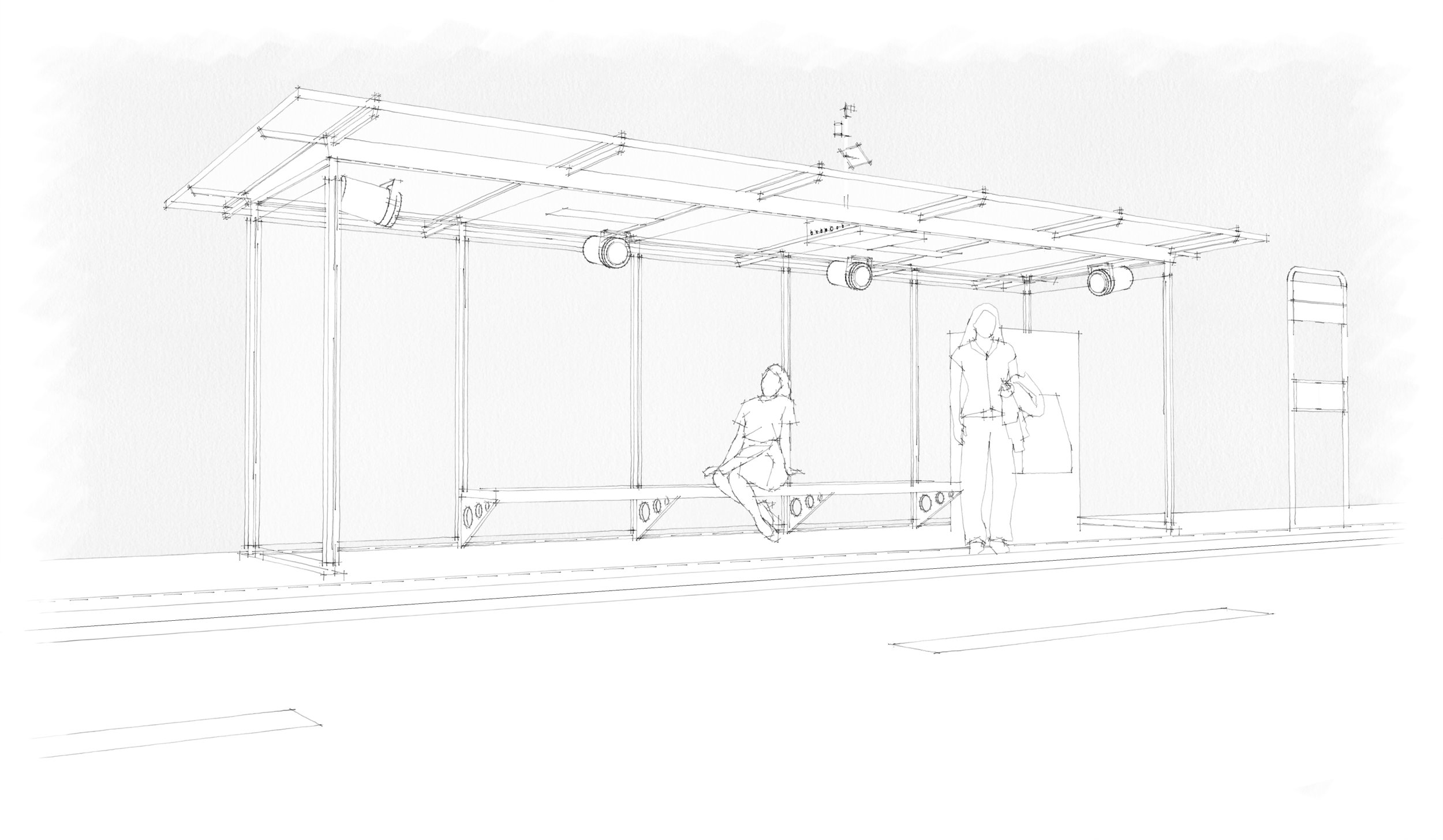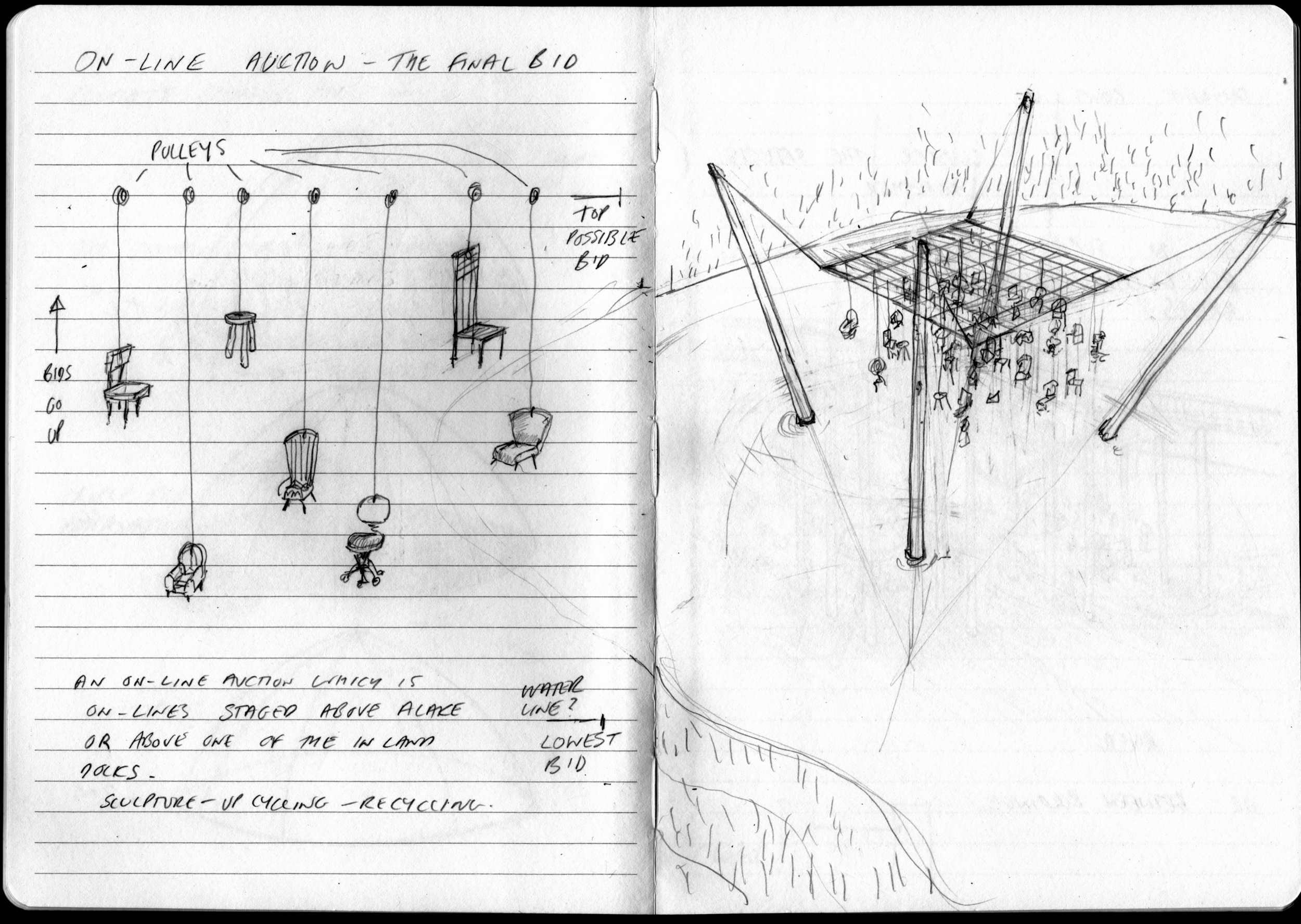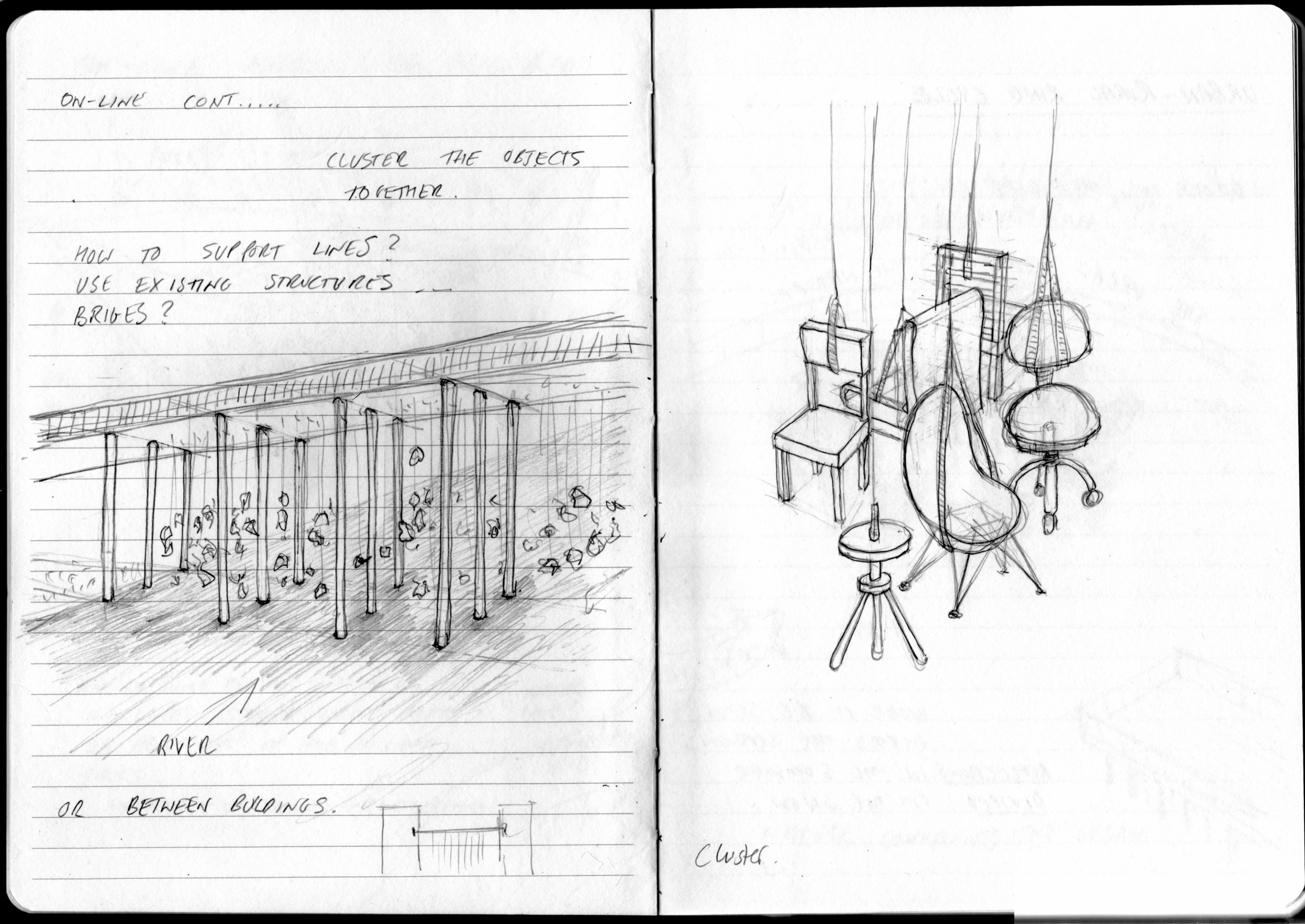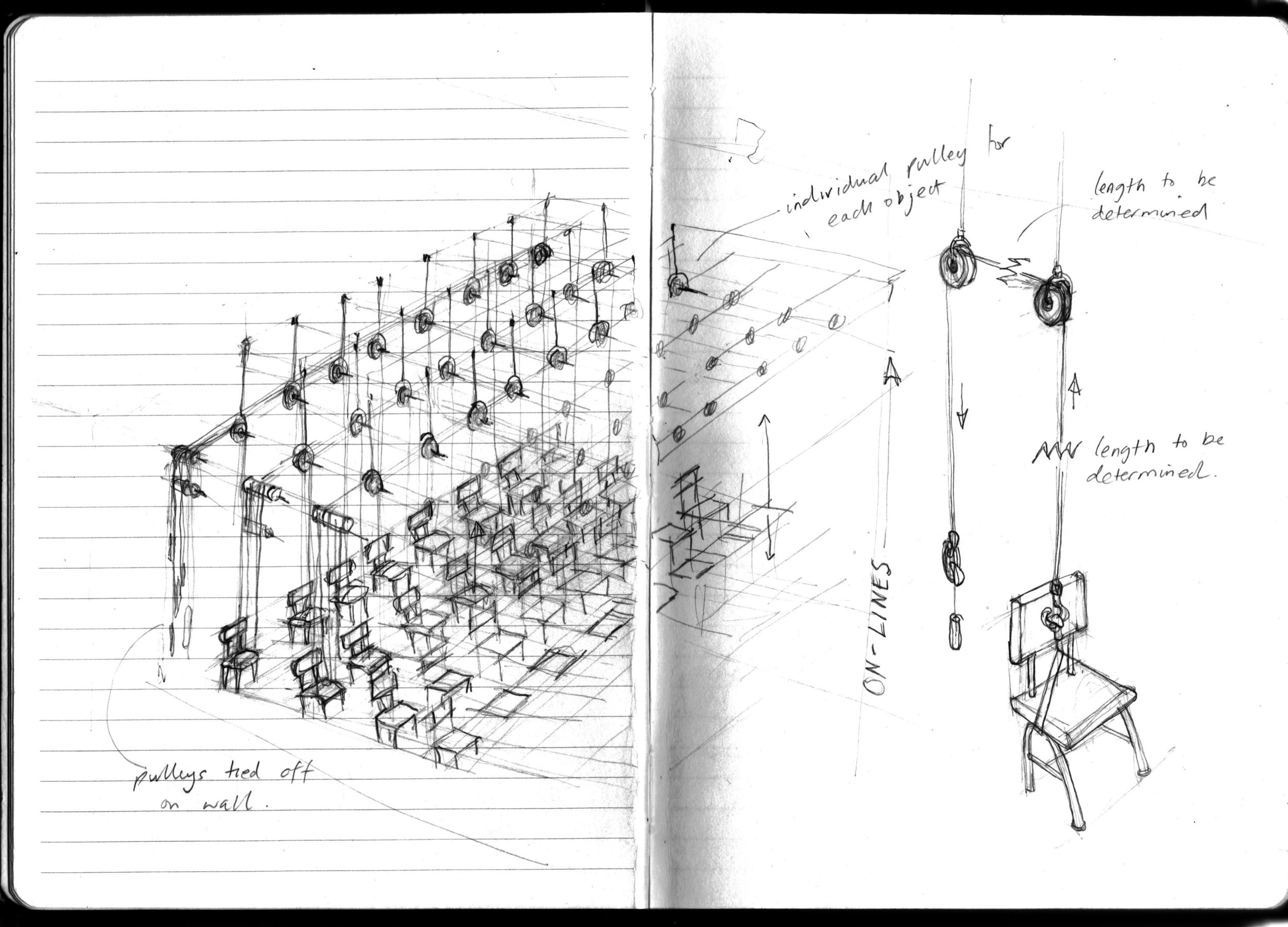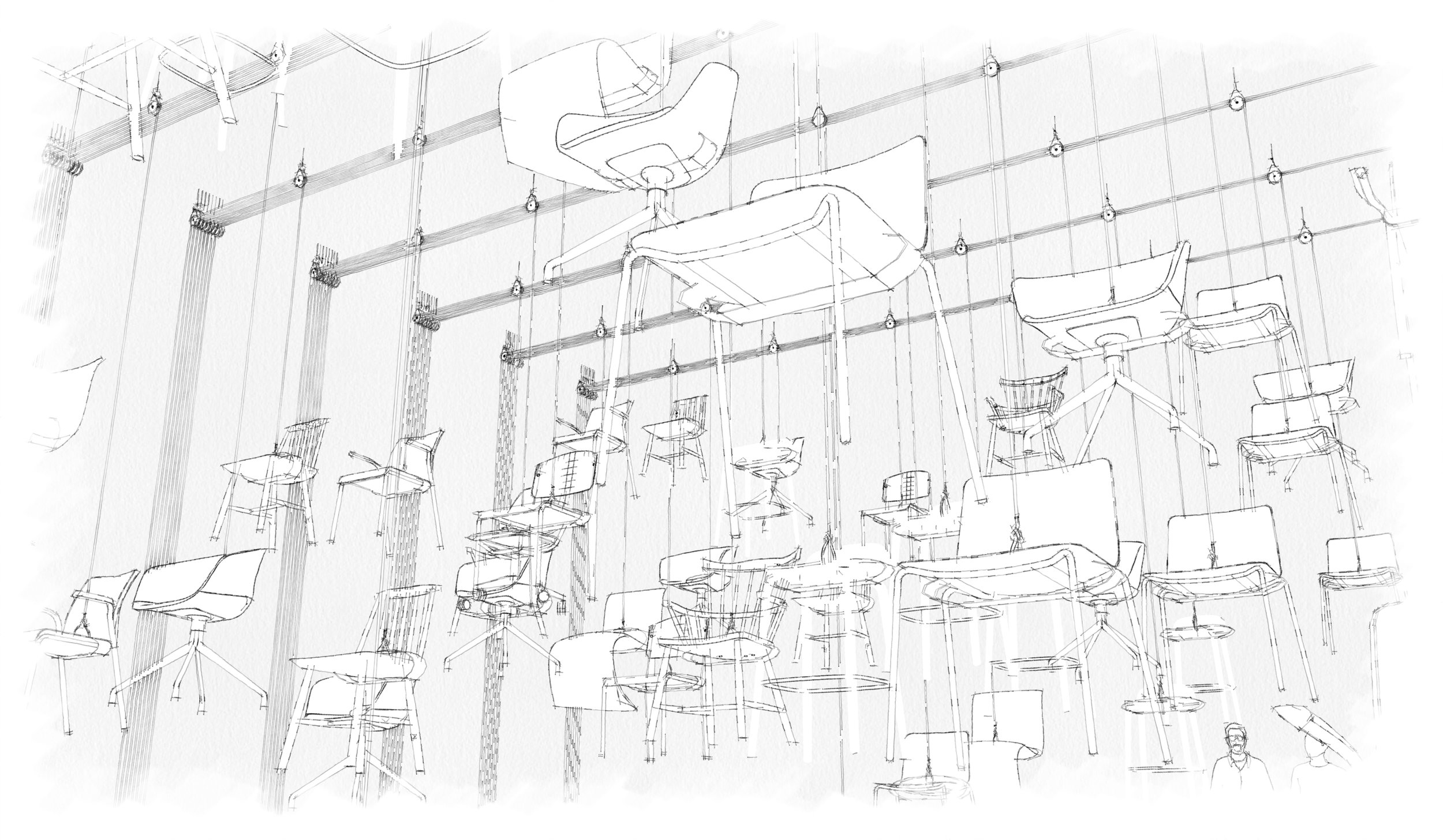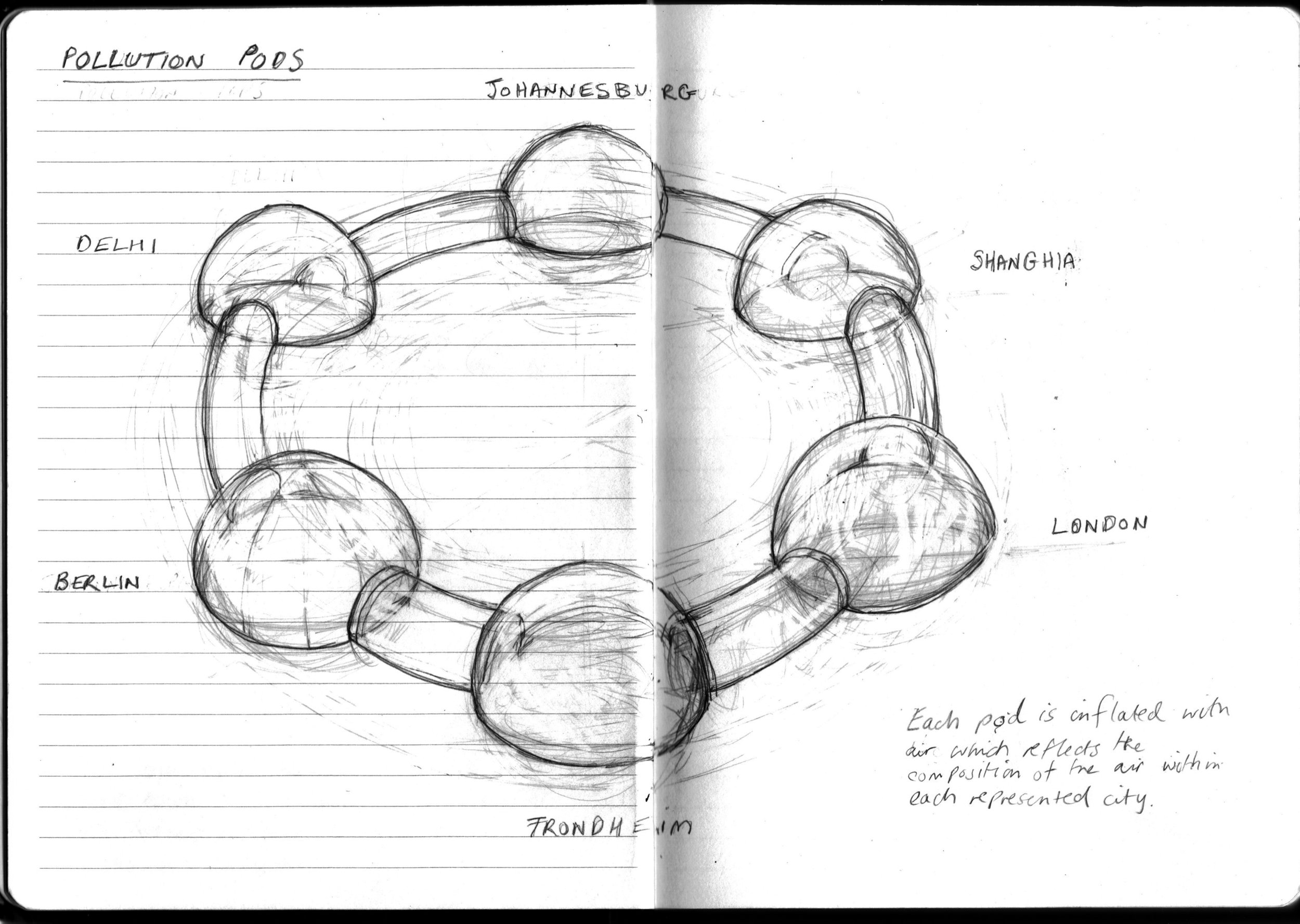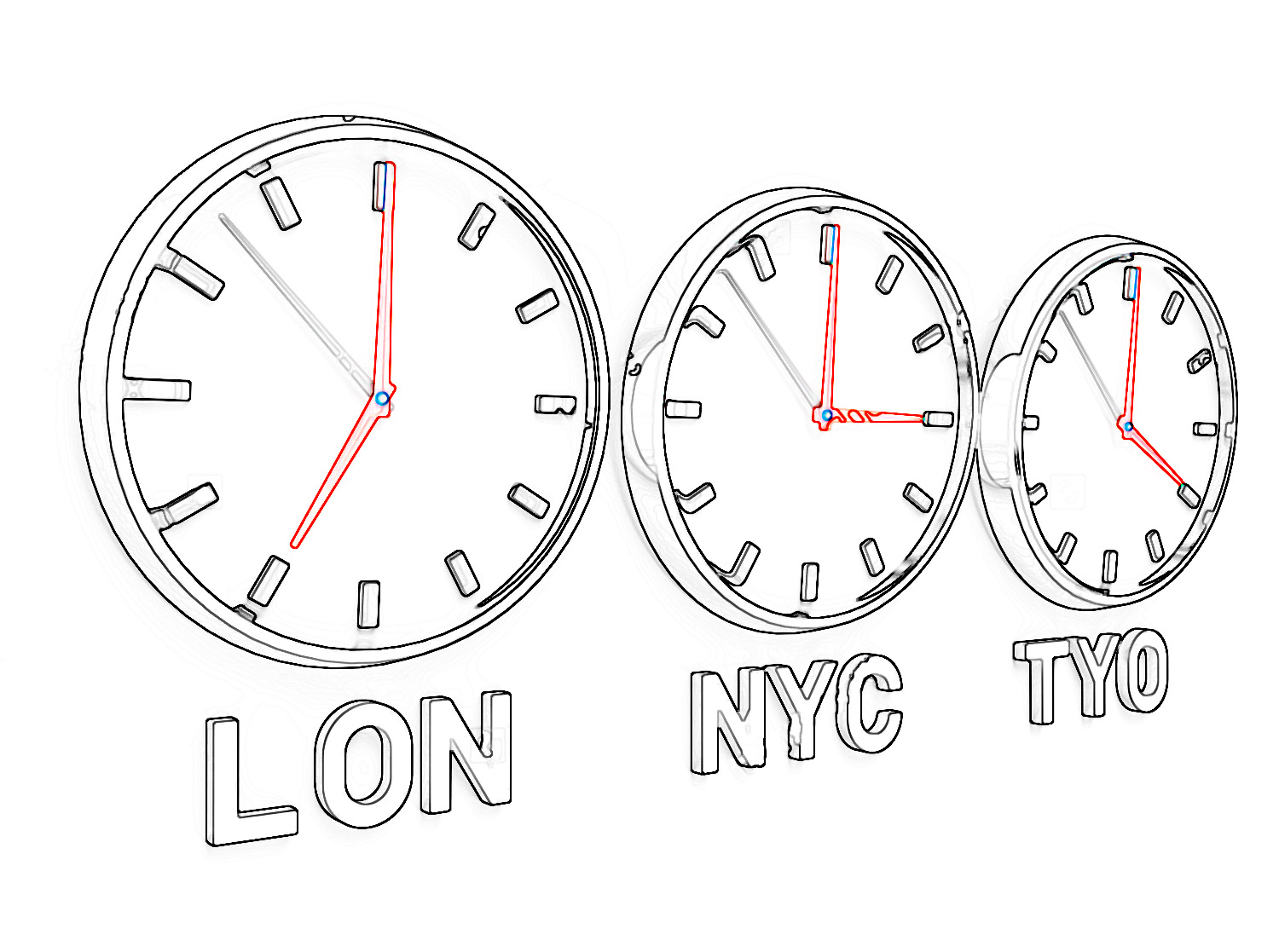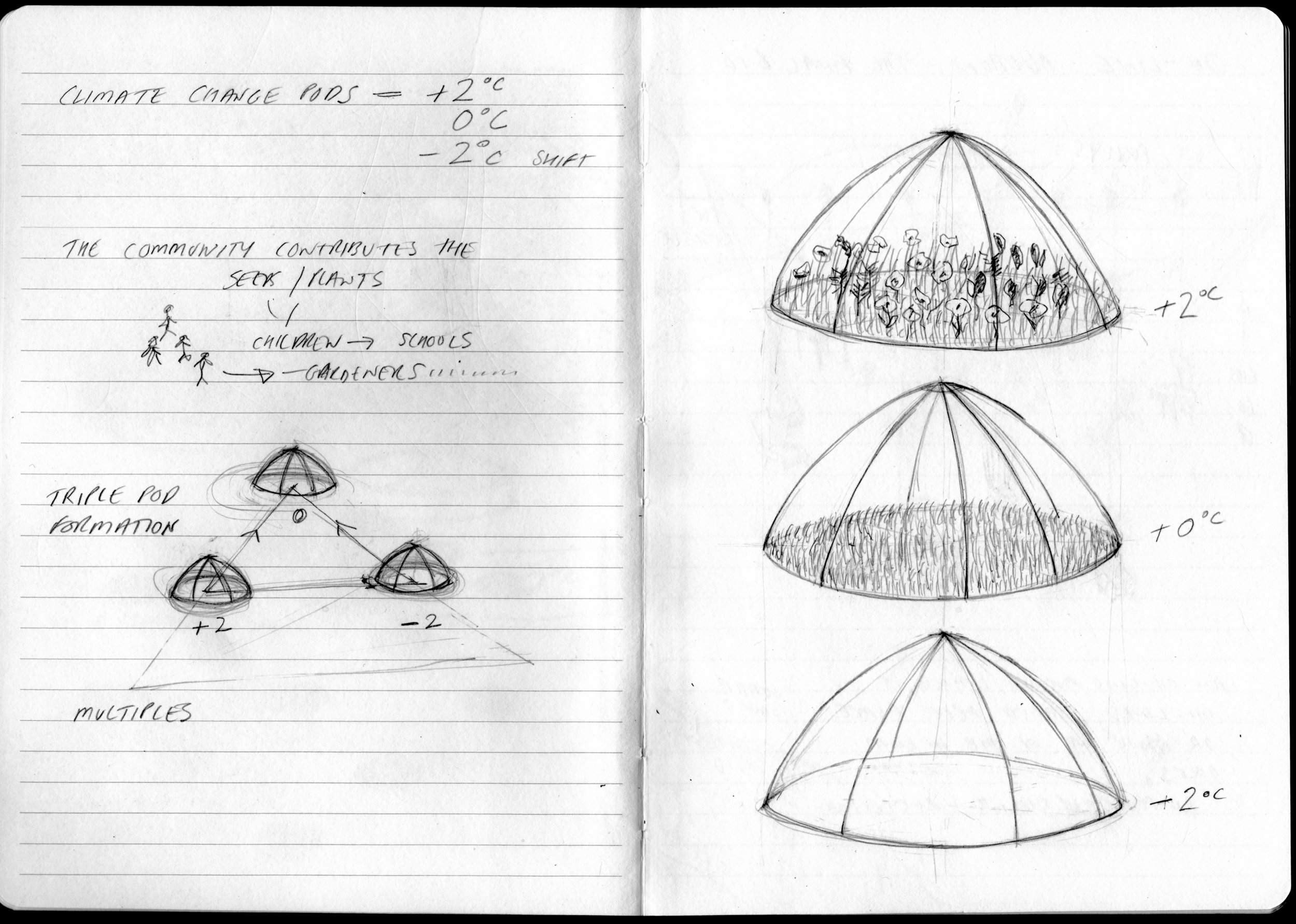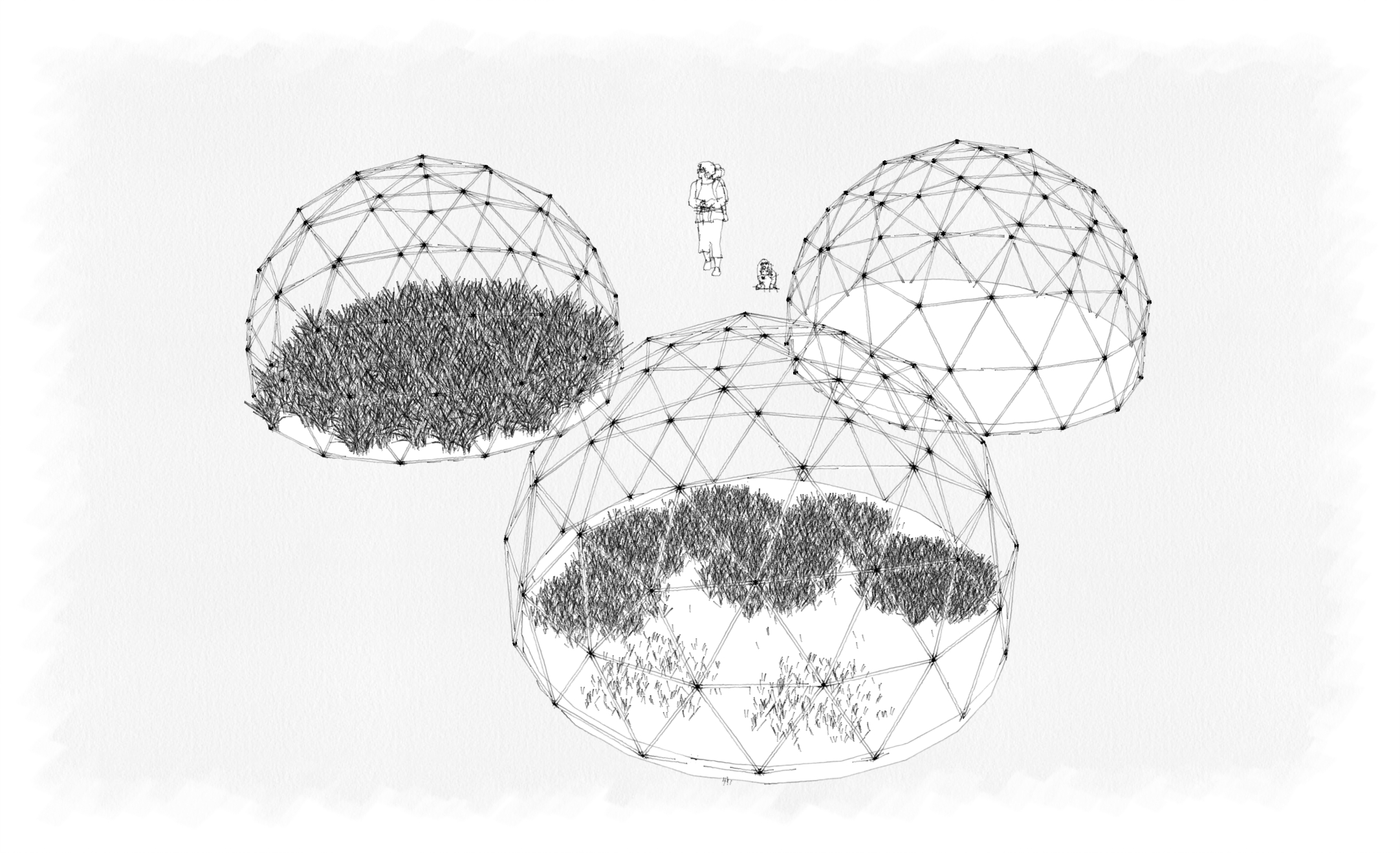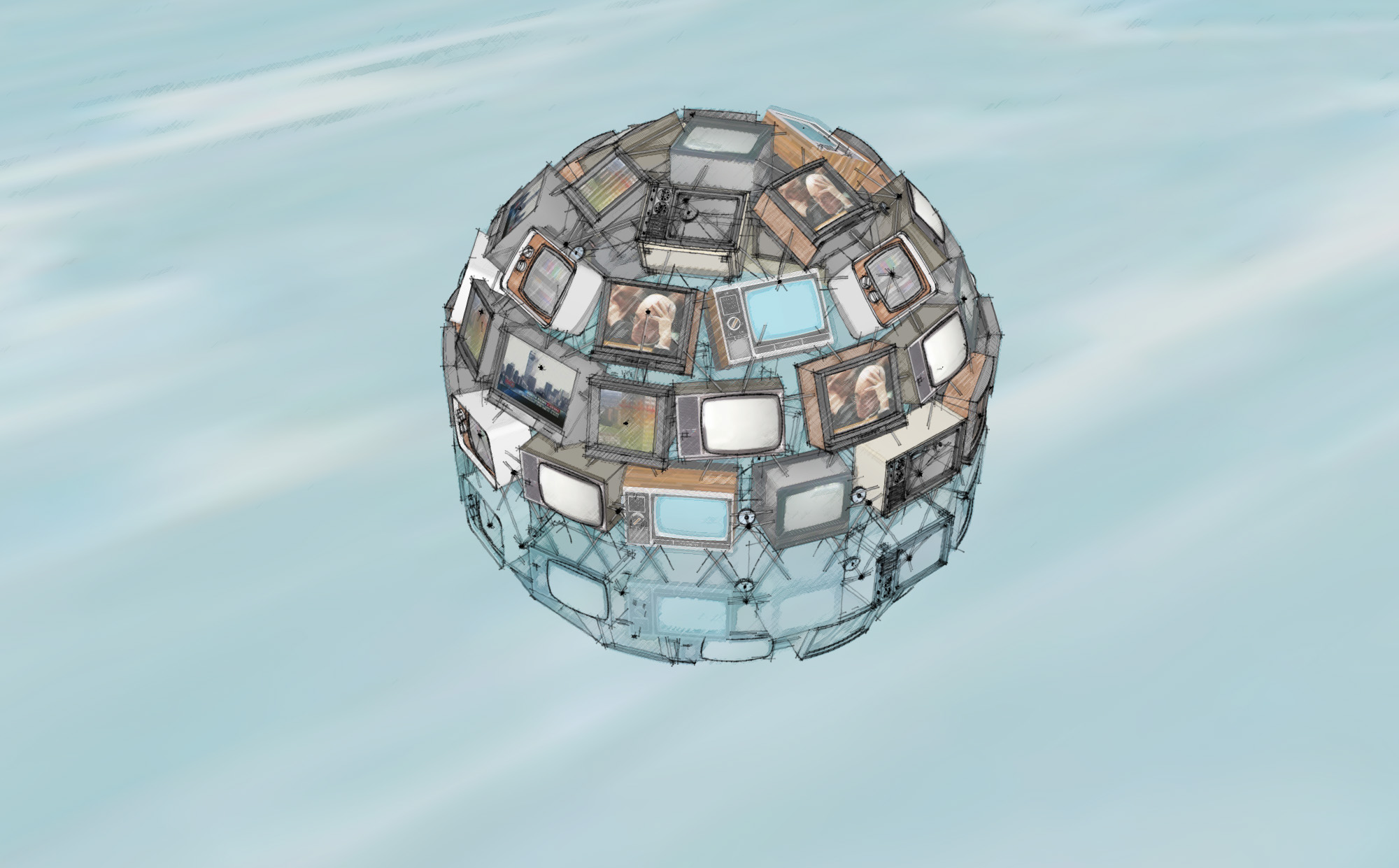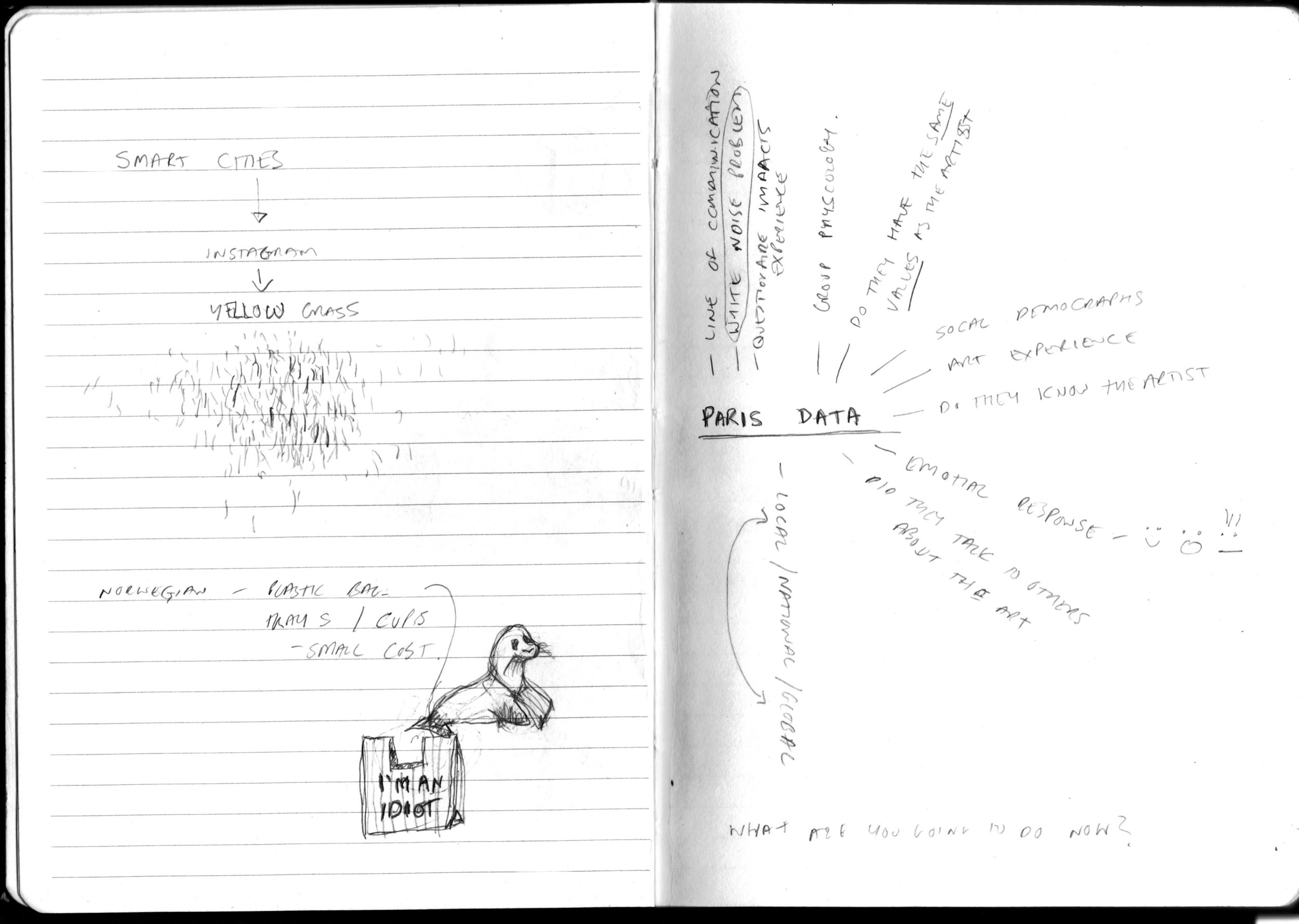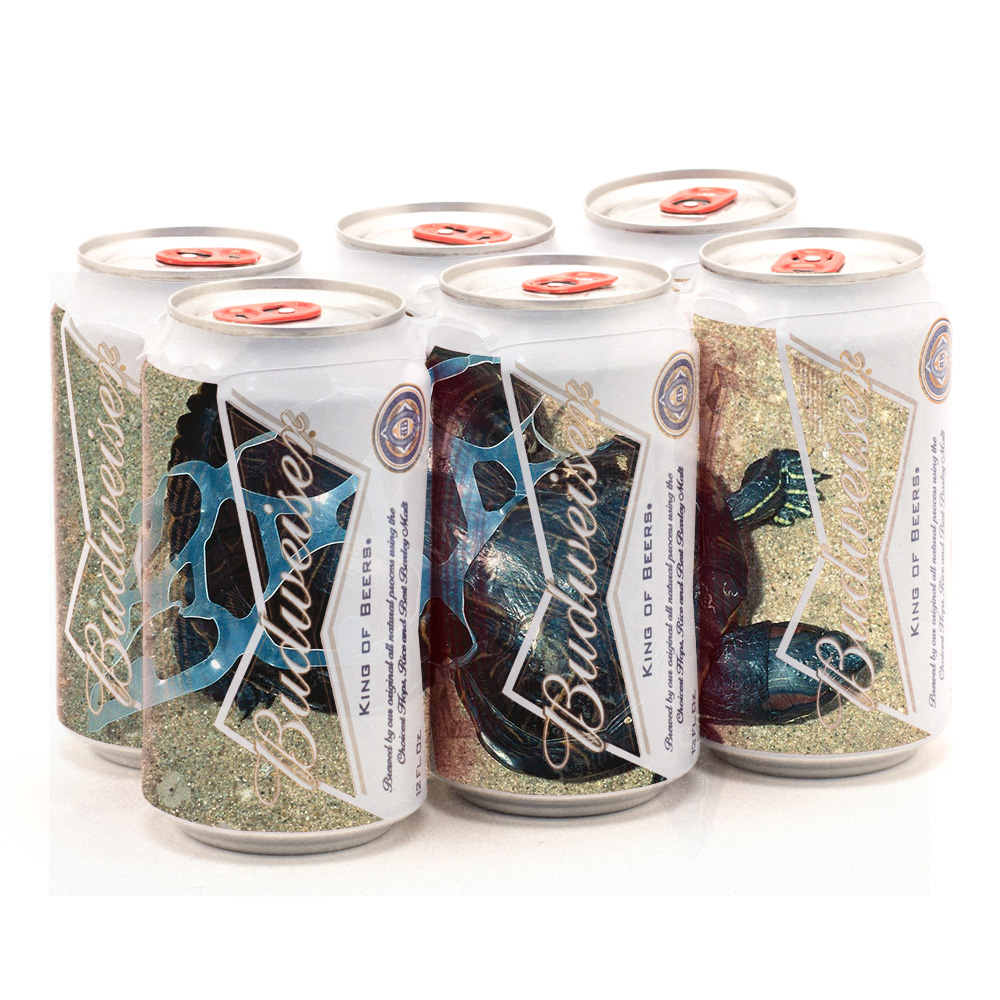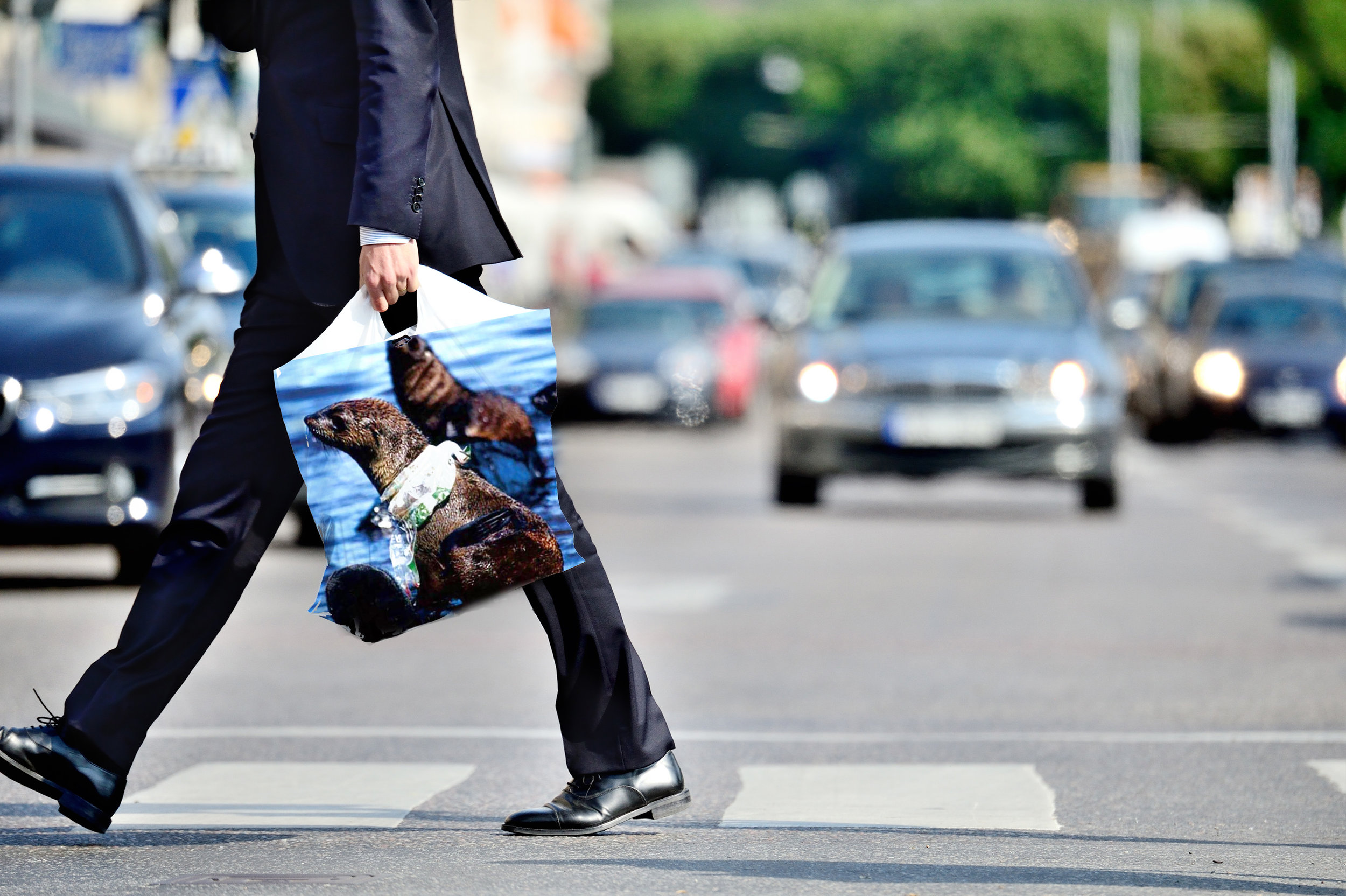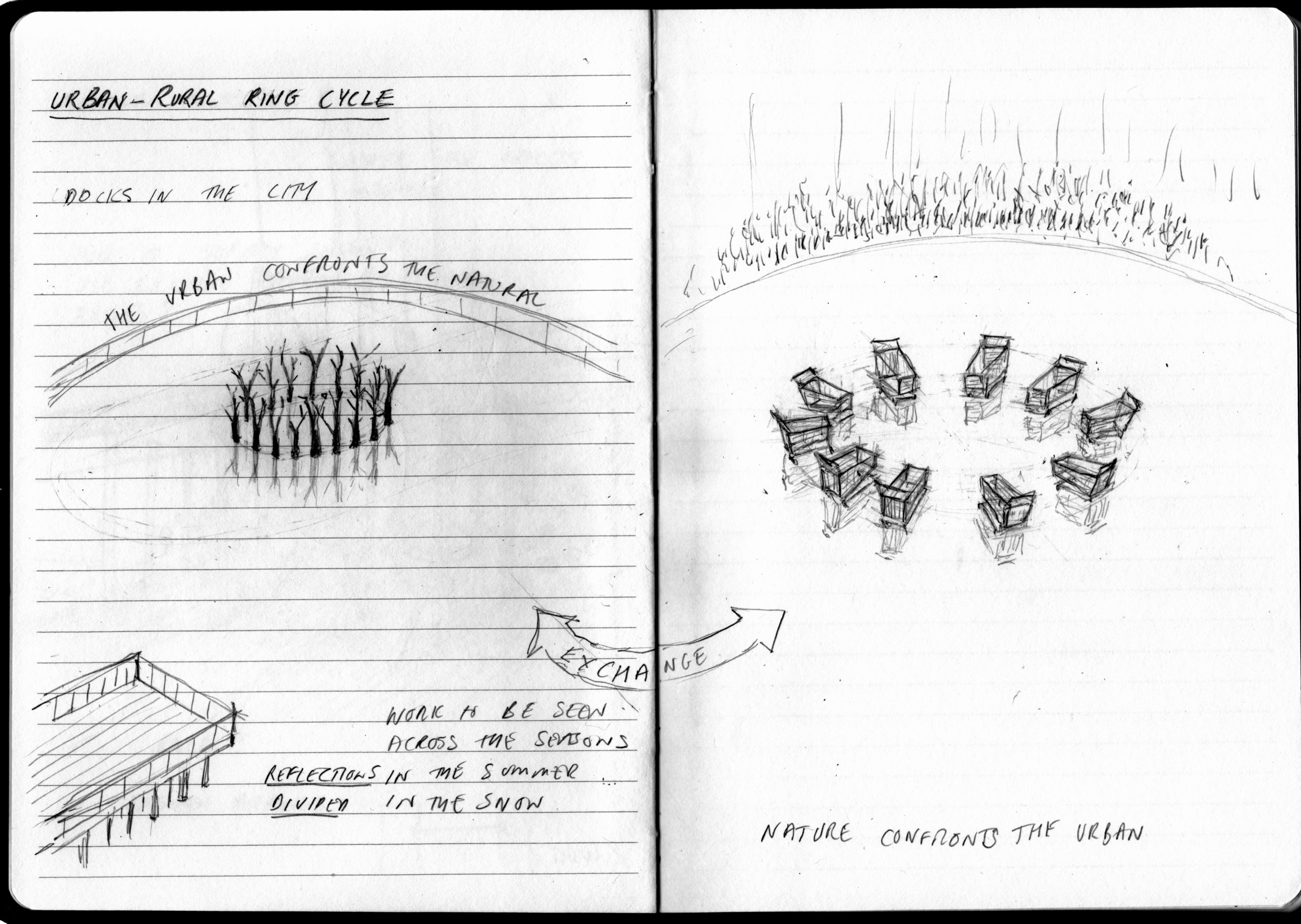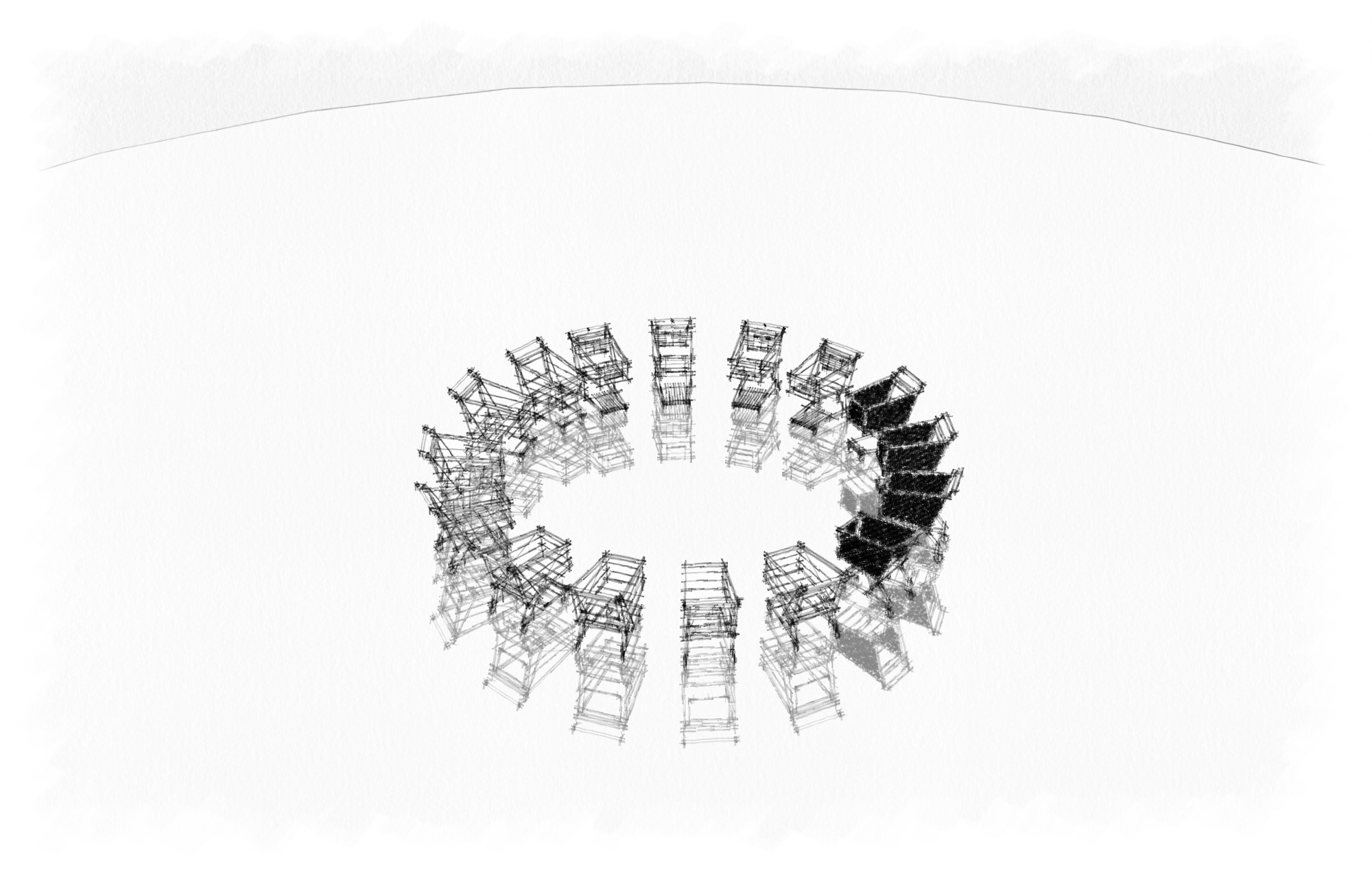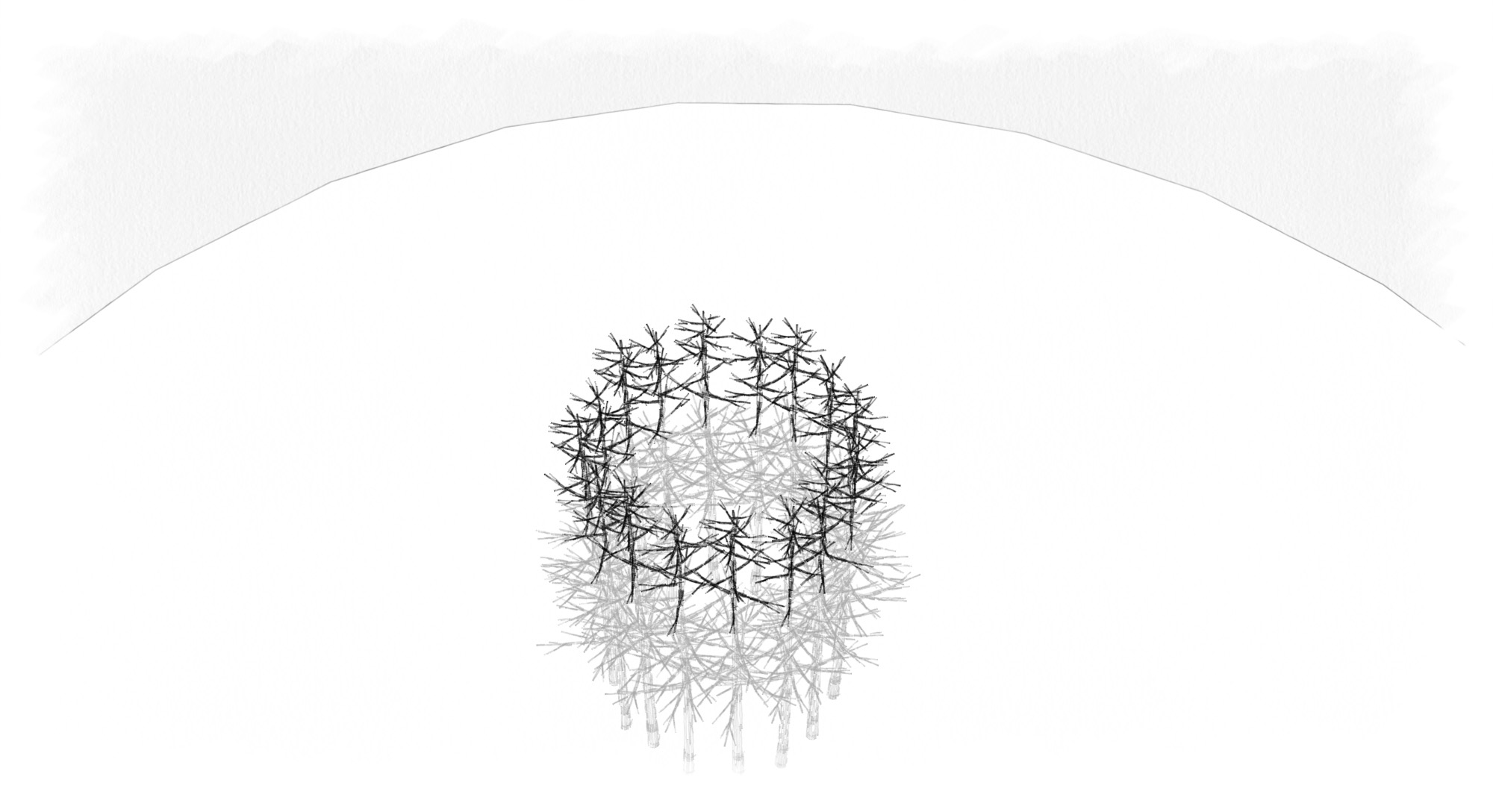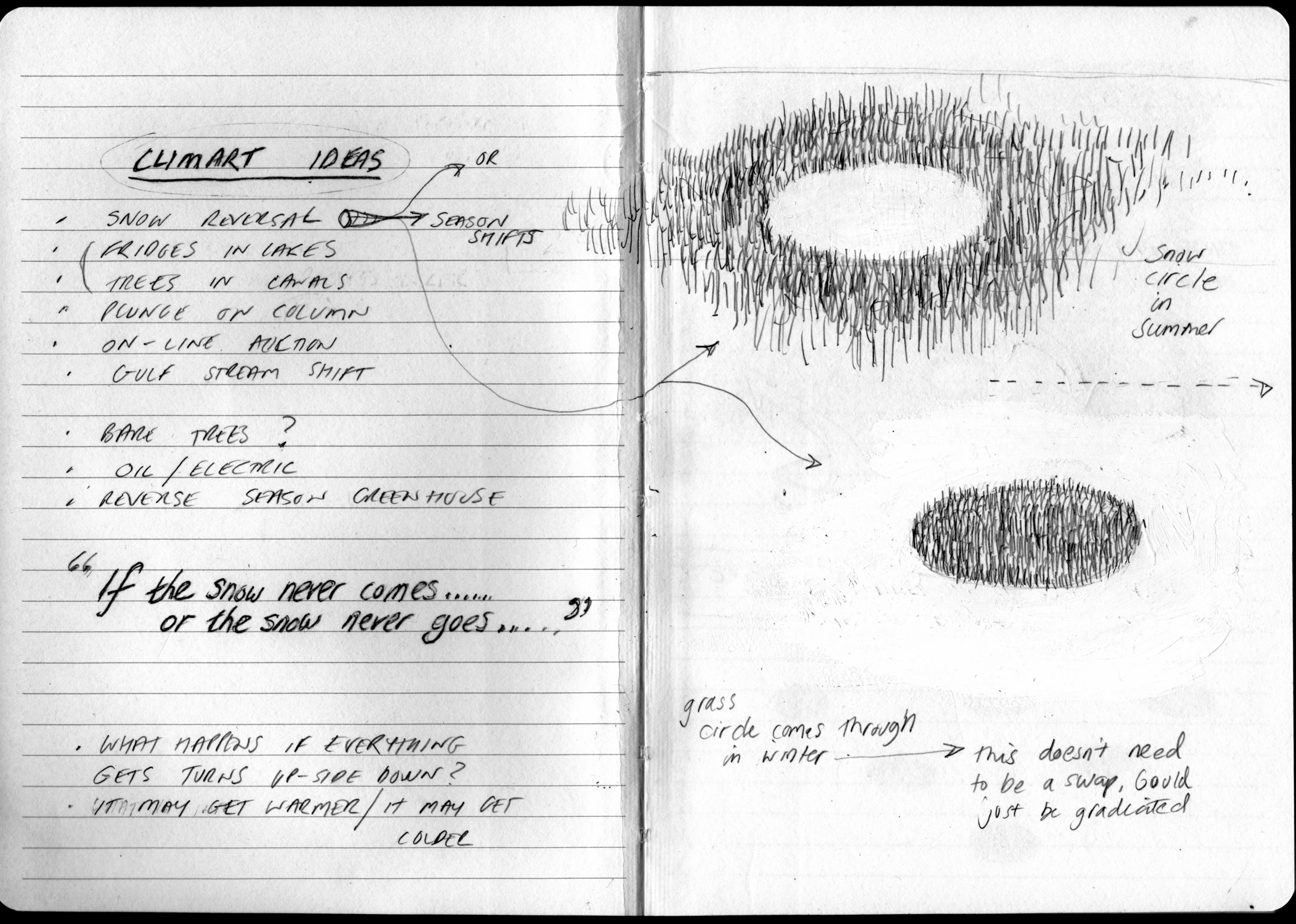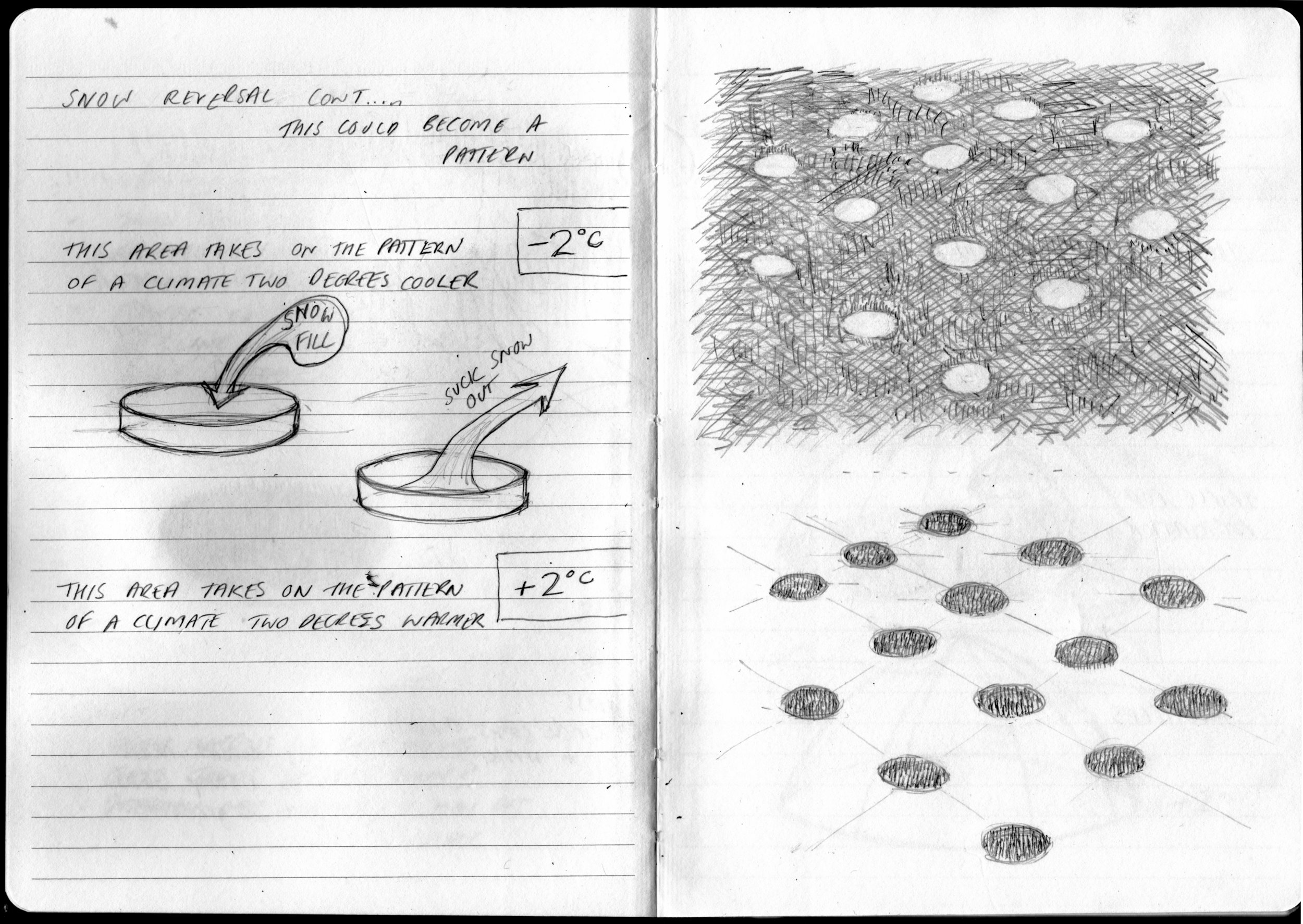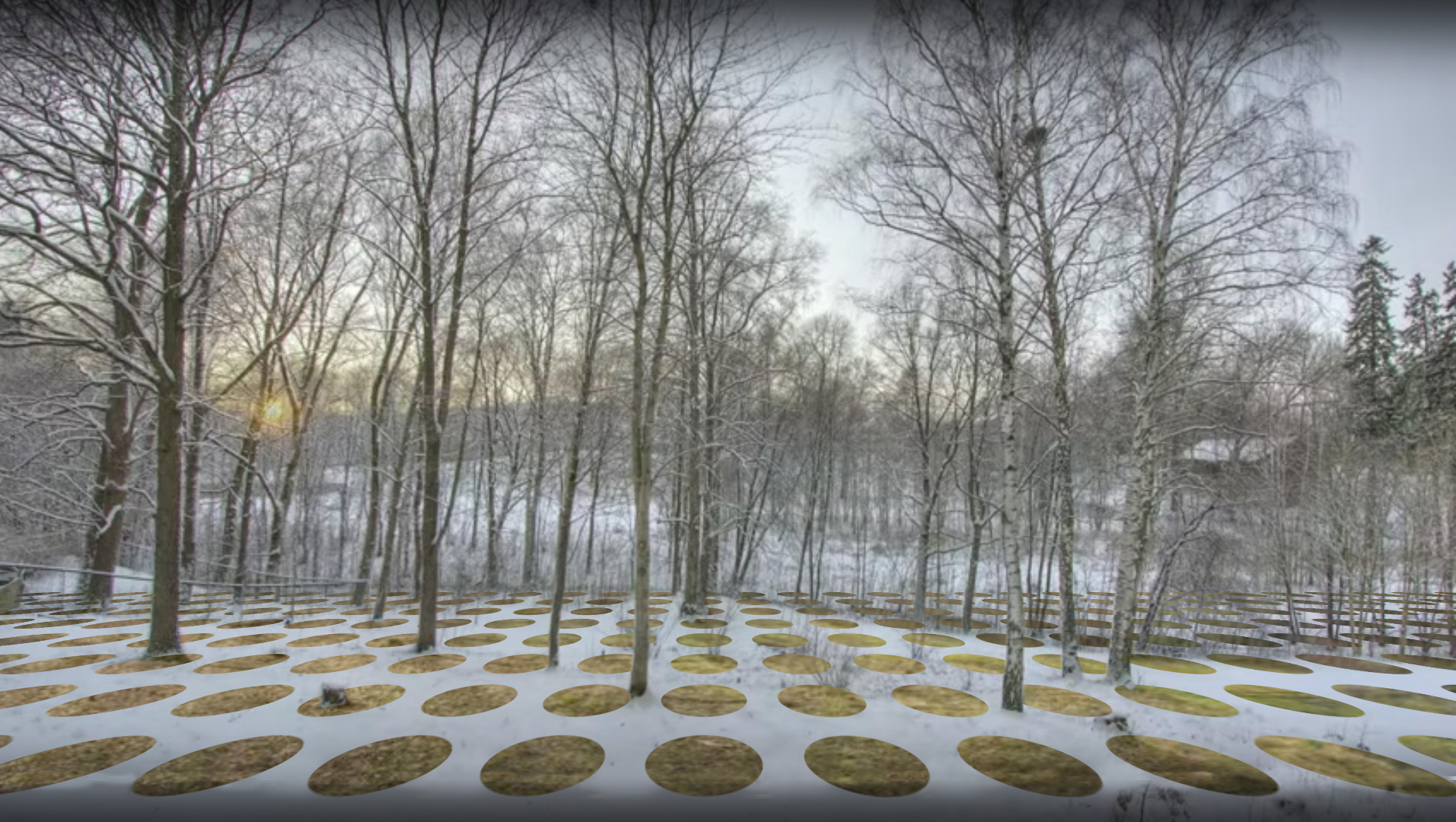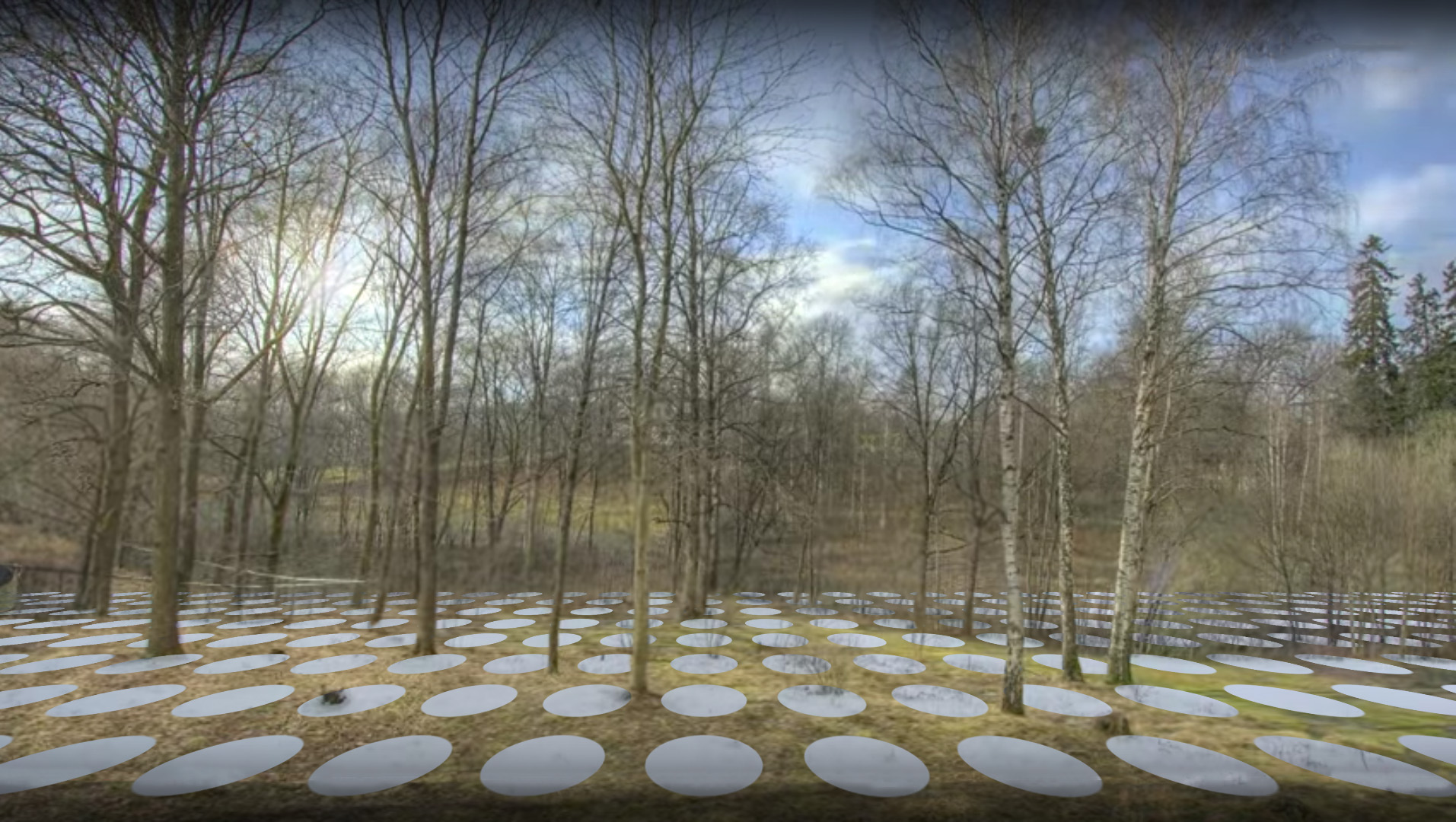CNN Futuristic domes let you experience world’s worst pollution Alicia Kirby, June
The Telegraph Art installation captures the unique scents Christopher Beanland, June
Live Science (USA) Take a Whiff of Cities’ Unique Smells Mindy Weisberger, June
Nordic Journal of Science and Technology (No) Front Cover Ivana Suboticki, July
About Design World (In)Sniffing in Pollution Pod Anjani Maharana, June
Mother Nature Network (USA)This is art for your nose Matt Hickman, June
Interior Design (USA) 7 Environmentally Engaging Art Installations Athena Waligore, July
AccuWeather (USA) Bizarre Art Installation Jillian MacMath, July
ORF (At) Austrian national public service radio, Johnny’s Journeys Johnny Bliss, July
FAD Pollution Pods by the artist Michael Pinsky Mark Westall, June
The Spaces Pollution pods recreate the smells of the city Betty Wood, June
Addressa (No) Her forsker de på hvordan kunst kan påvirke synet ditt på klimautslipp Aagot Opheim, July
Asian Paint’s Colour Quotient Olfactory excursion to five cities of the world Preksha Sharma, July
Gemini (No) Stinky city air as climate art Vibeke Ann Pettersen, June
NRK Radio (No)Her kan du oppleve forurenset byluft i igloo Grete Thobroe, June
The Smithsonian (USA) Art Recreates the Smell of Cities Jason Daley, June
NRK TV (No) Distriktsnyheter Midtnytt News, June
Postimees (Ee) Hinga ühes linnas veel nelja linna õhku Minna Joor, June
NRK Radio (No) Distriktsprogram – Trøndelag Håkon Hallingstad, June
NRK Newton (No) LYDIA PUSTER INN HELE VERDEN! Lydia Gieselmann, June
LS:N Global Art installation captures the scent of five cities Rhiannon McGregor, June
Cultured (USA) Michael Pinsky’s World Brook Mason, June
#Legend Stop and smell pollution in Norway Editor, June
Getty Images Day 3 Starmus Festival Michael Campanella, June
Billfold It’s pollution but in Pod form Nicole Deiker, June
Fox News (USA) Bizzarre Art Installation Editor, June
Culture & Life Pollution Pods installation Andrew Soar, June
Green Screen Cúpulas que simulan el ambiente contaminado de varias ciudade Eduardo Berrueco, July
AirisLife Even Air Pollution can Create Something Positive Christine, June
Vix (Sp) Estas cápsulas son una instalación Valentina, June
Finsight (Hk) “Pollution Pods” Allows Visitors to Experience the World’s Worst Pollution Editor, June
Warp(Sp) Conoce más de Climart Eugenia Flores, June
El Noticiero(Sp) Así se vive en las cuatro ciudades más contaminadas del mundo Editor, July
Milenio(Sp) En Noruega, artista encierra contaminación en cápsulas Editor, July
White Media (Jp) What’s the dome? Reika Hirota, July
Universitets Avisa (No) Forskere lar Starmus-gjester oppleve kraftig forurensning Kristoffer Furberg, May








